

Our culinary teams from both DeLille restaurants have crafted holiday-ready recipes for you to create at home to pair with DeLille wines, and share with the people you love.
Read More
In celebration of Come over October, the team at DeLille has created our ultimate at-home wine & cheese guide to elevate your next gathering.
Read More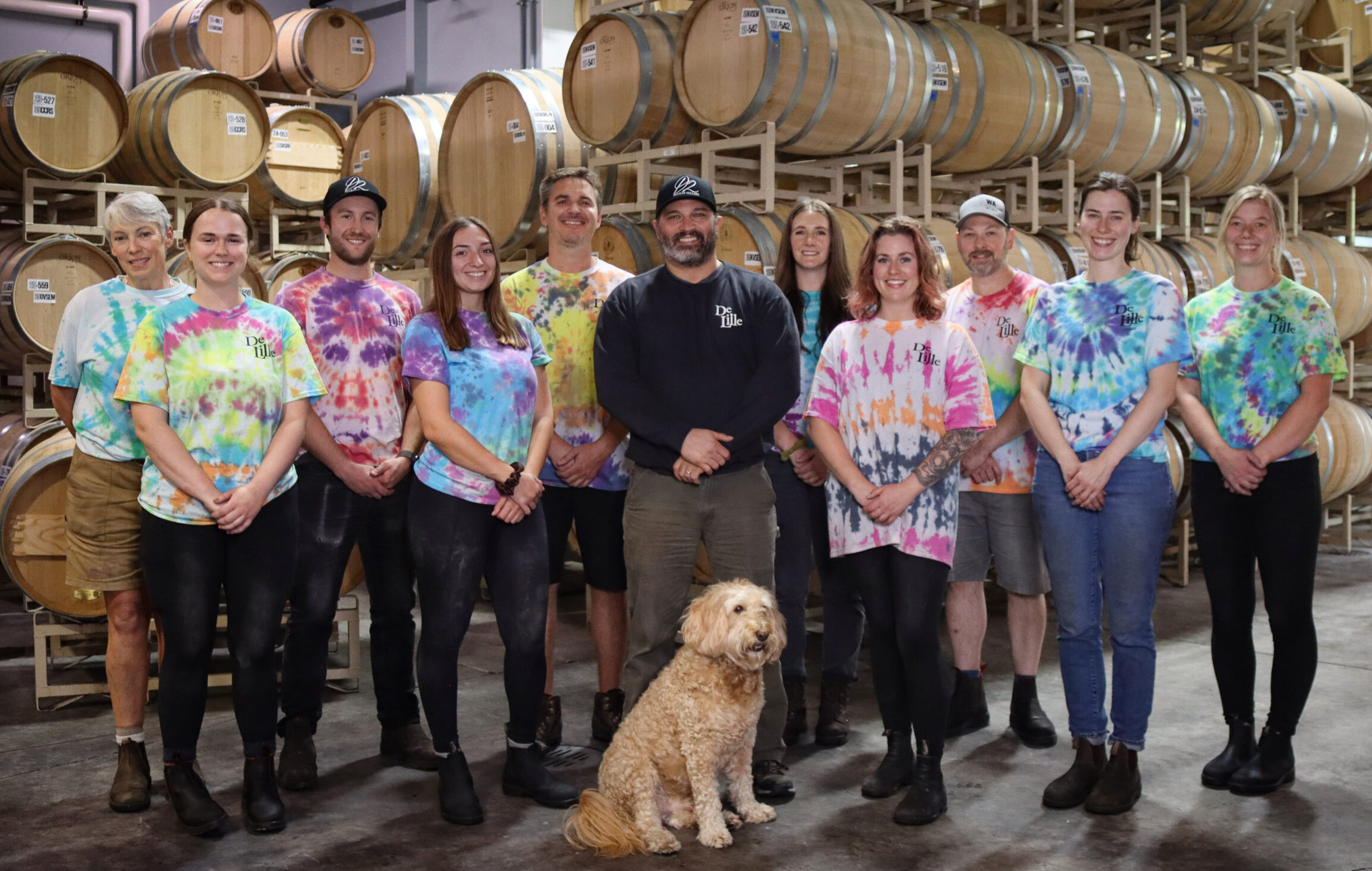
Just under a month into harvest 2025, get an update on the season from our winemaker, Nick Bernstein, and meet our 2025 harvest interns.
Read More
Explore the details of the DeLille En Ville menu, our new location in Seattle’s University Village.
Read More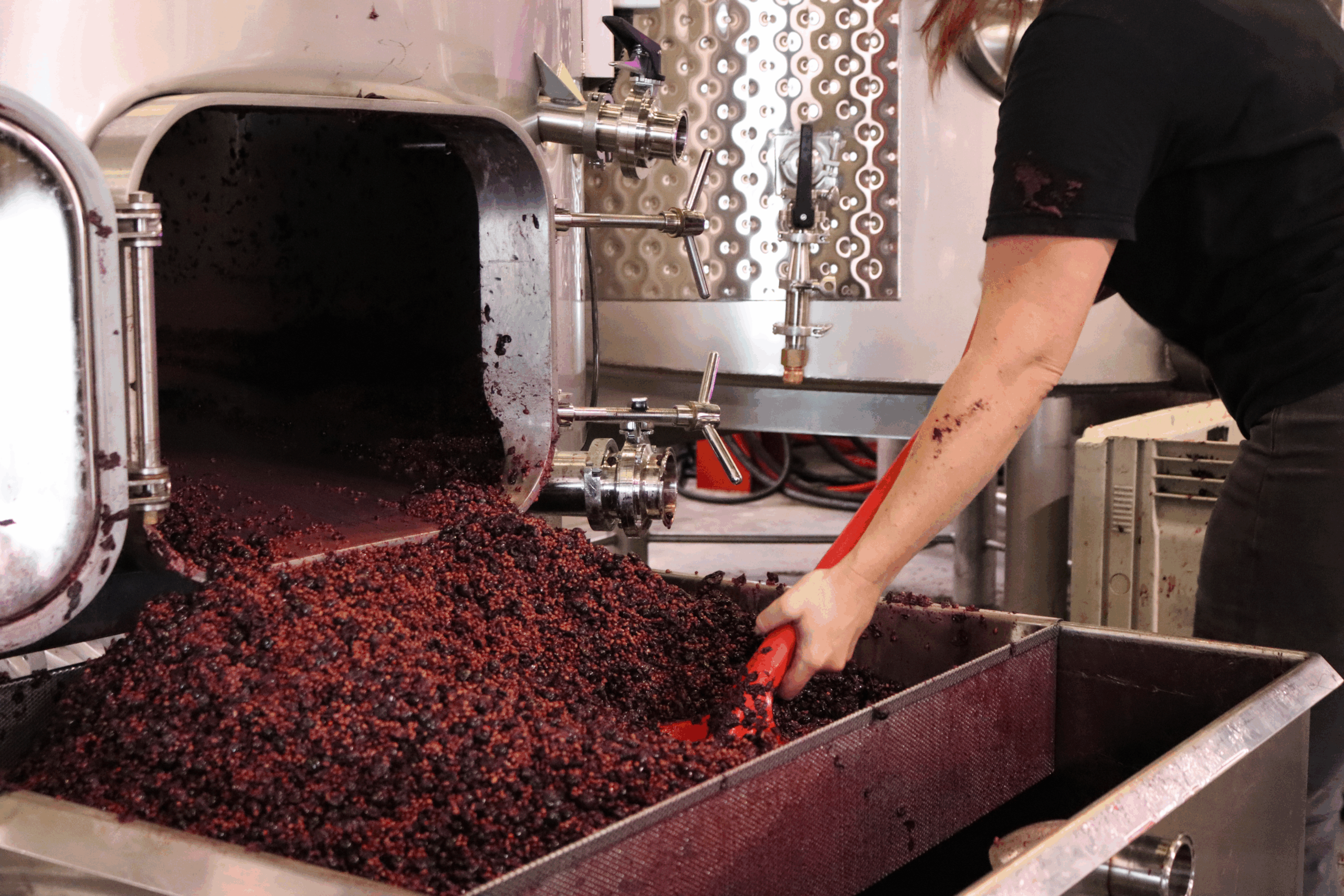
For our team, harvest will be here before they know it – and they’re in the thick of preparing to bring in another bountiful crop.
Read More
Get to know the team behind DeLille wines and how their desire for discovery keeps them innovating and exploring to craft wines of unparalleled quality.
Read More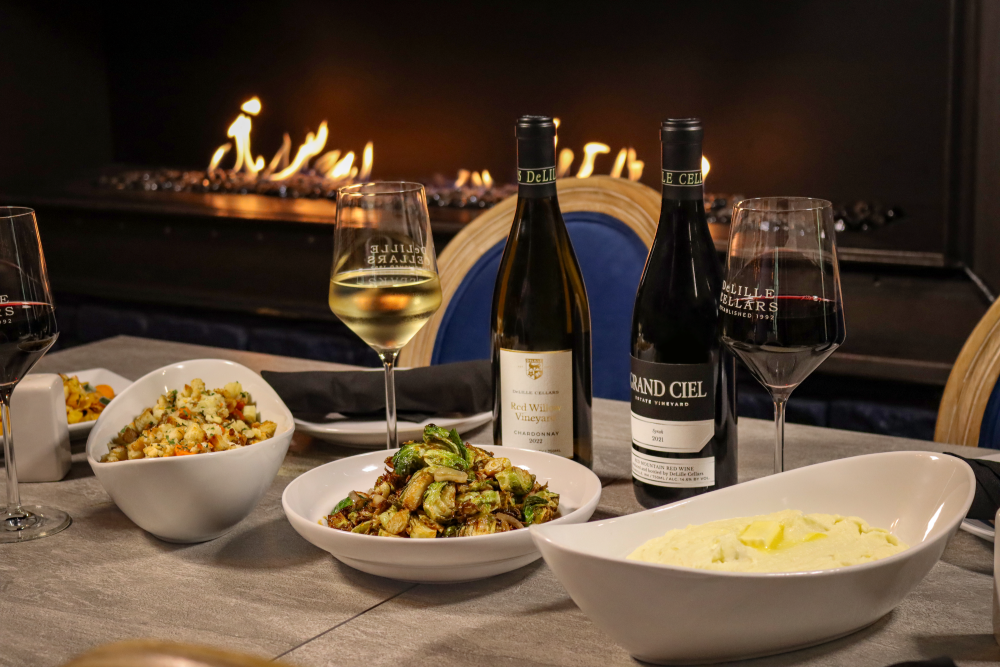
Get the inside scoop on what our team is serving with their favorite Thanksgiving side dishes!
Read More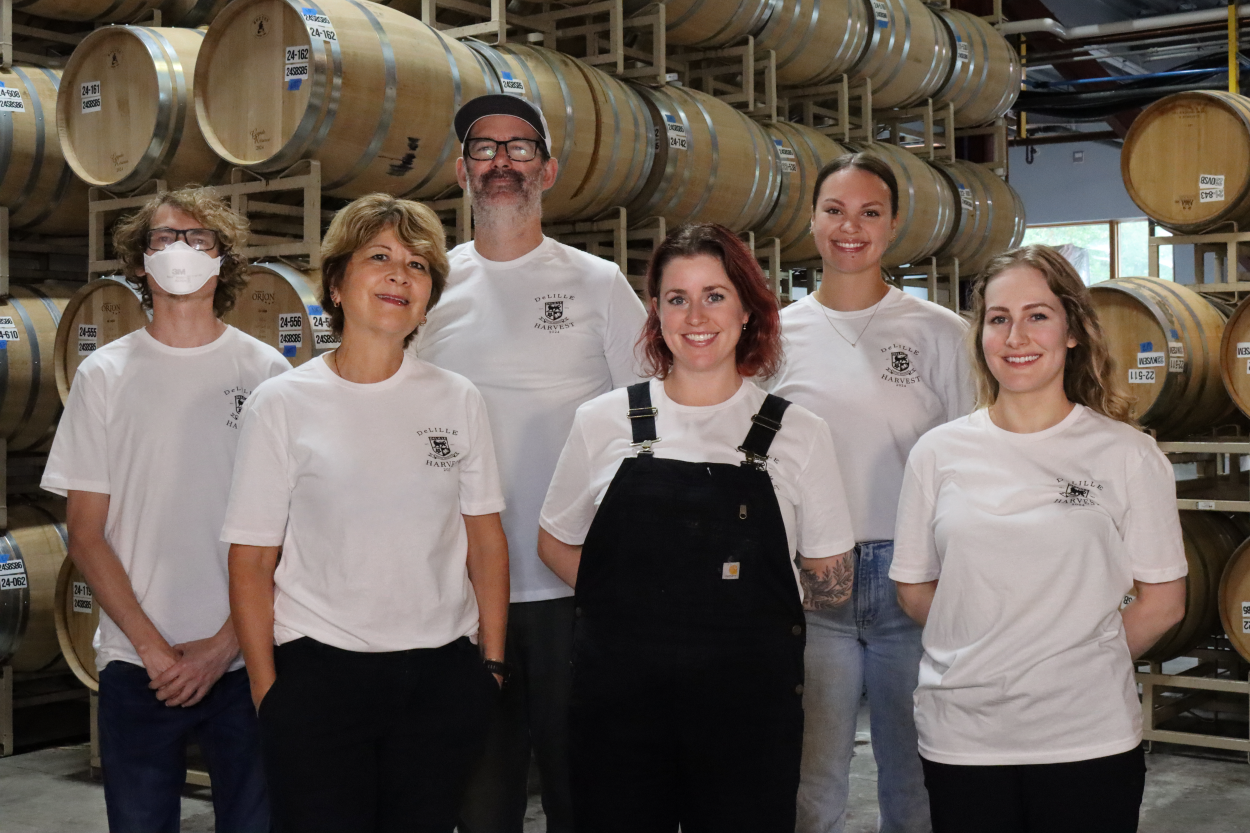
Help us celebrate our Harvest Crew, as they approach the halfway mark of harvest!
Read More
We are thrilled to share that we will be opening a second location in Seattle’s University Village, coming late Summer 2025!
Read More
Read about our newest vineyard partnership, and how we’ve secured the future of Chaleur Blanc at DeLille Cellars.
Read More
Visiting Woodinville Washington this Summer, start planning your trip here with ideas on what to do, where to stay, and most importantly, what to drink!
Read More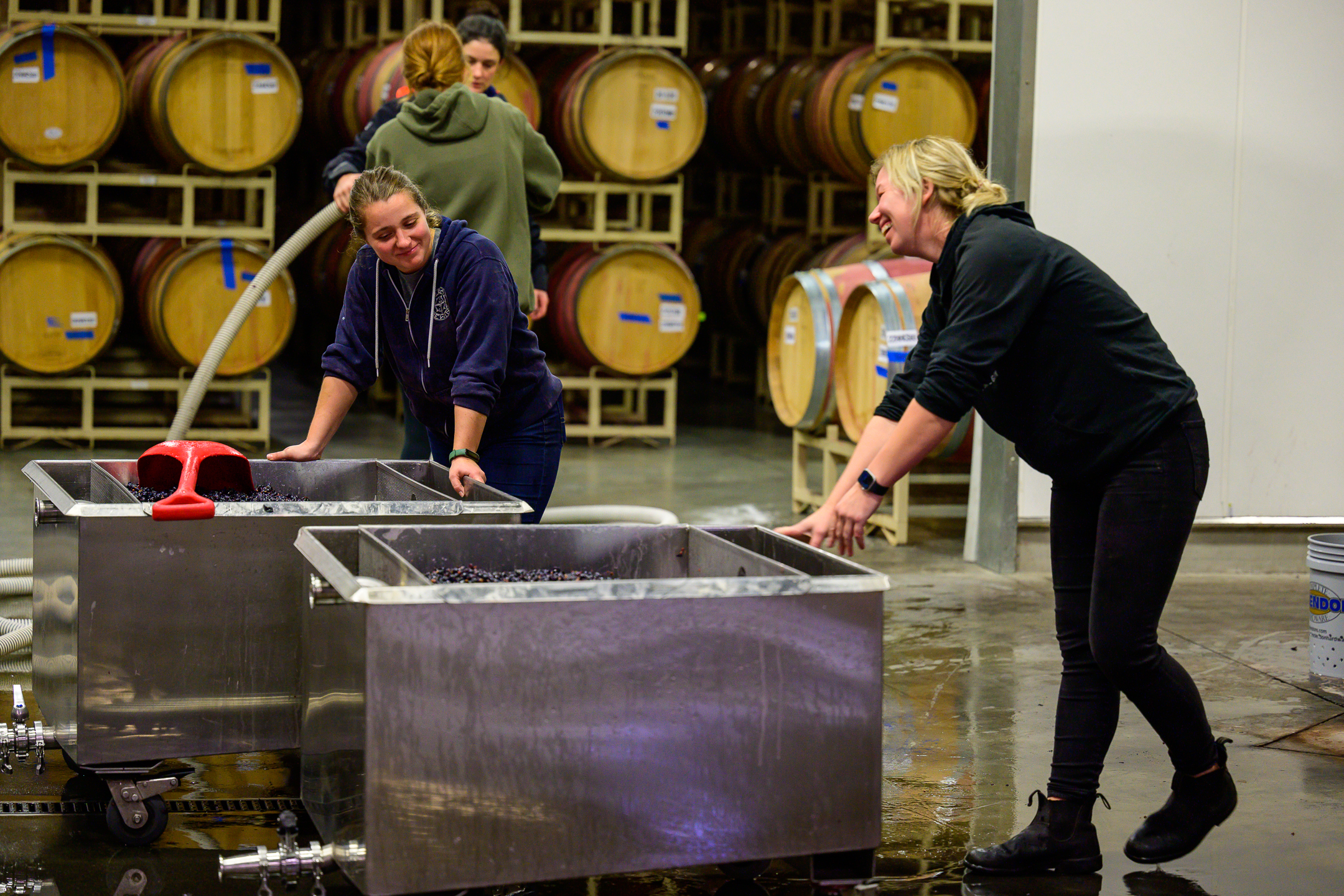
Learn more about the extraordinary women on our winemaking team!
Read More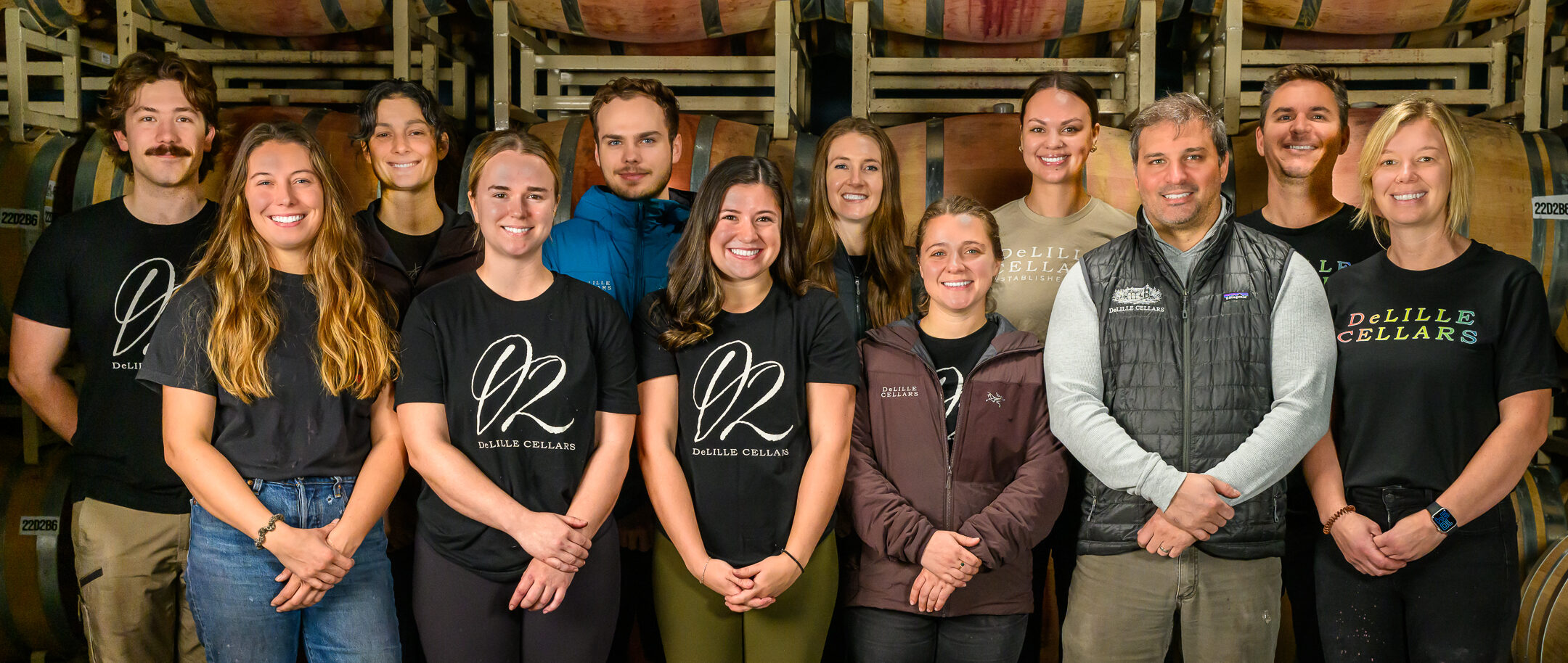
DeLille Cellars had a very successful 2023 Harvest with the help of an incredibly talented group of interns!
Read More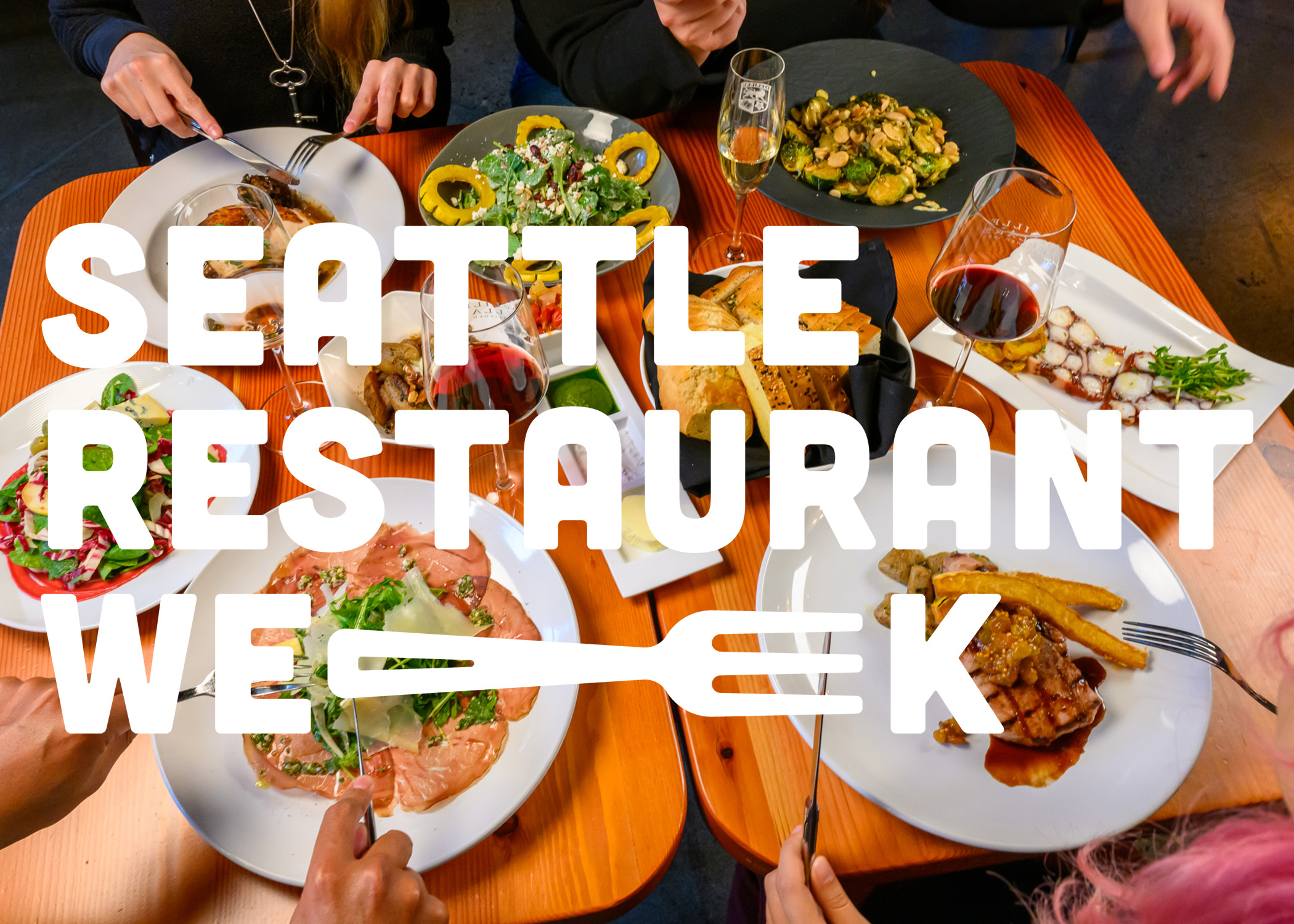
Visit The Restaurant now through November 4th to indulge in Seattle Restaurant Week!
Read More
As we await the release of our latest vintage of our most iconic wine – 2021 D2 – take a tour through the intricate and infamous history of this Bordeaux-style blend.
Read More
We are honored to receive the Seattle Times “Best in the Pacific Northwest” silver award for best winery.
Read More
The Woodinville Wine Country Scholarship benefits minority and under-represented students in the WSU Viticulture’s Enology Program
Read More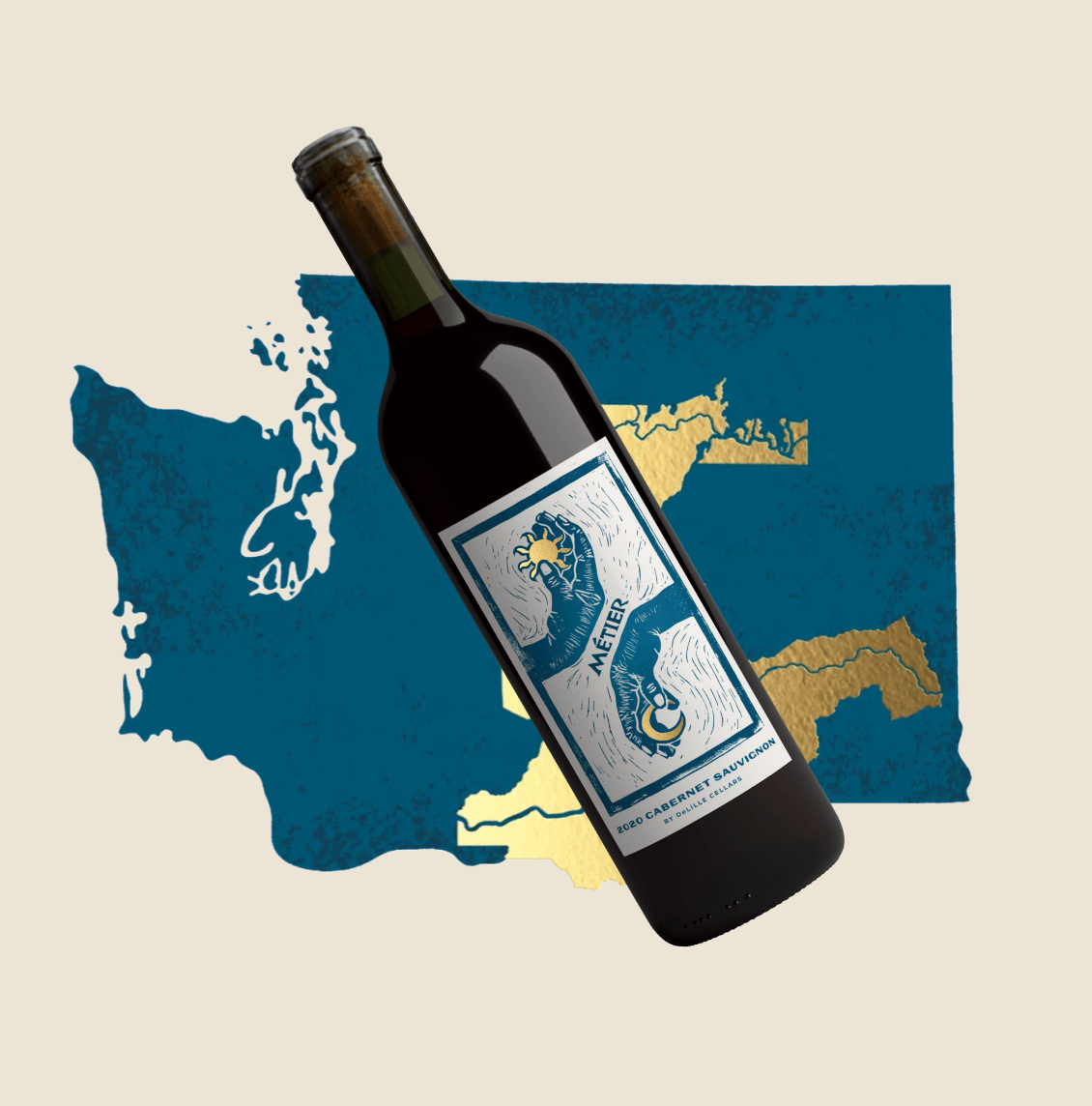
DeLille Cellars is excited to share new brand Métier received multiple awardsin the 2023 PACK Design Awards competition.
Read More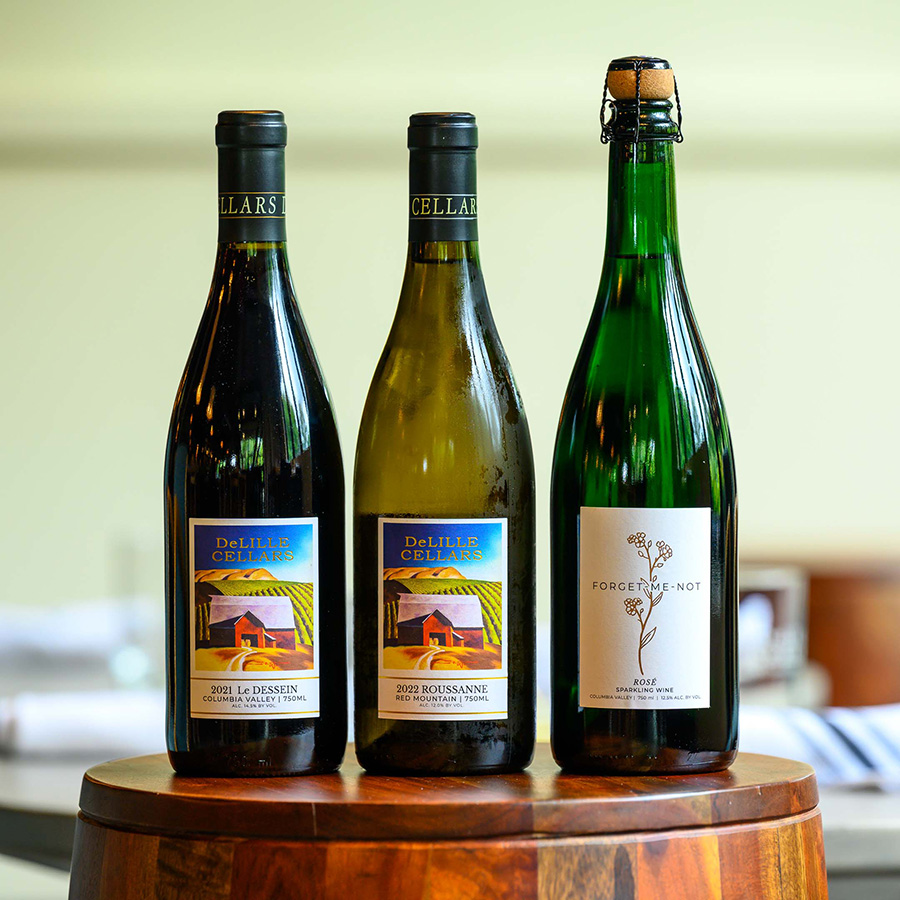
We are excited to share the latest from Sean Sullivan’s Northwest Wine Report.
Read More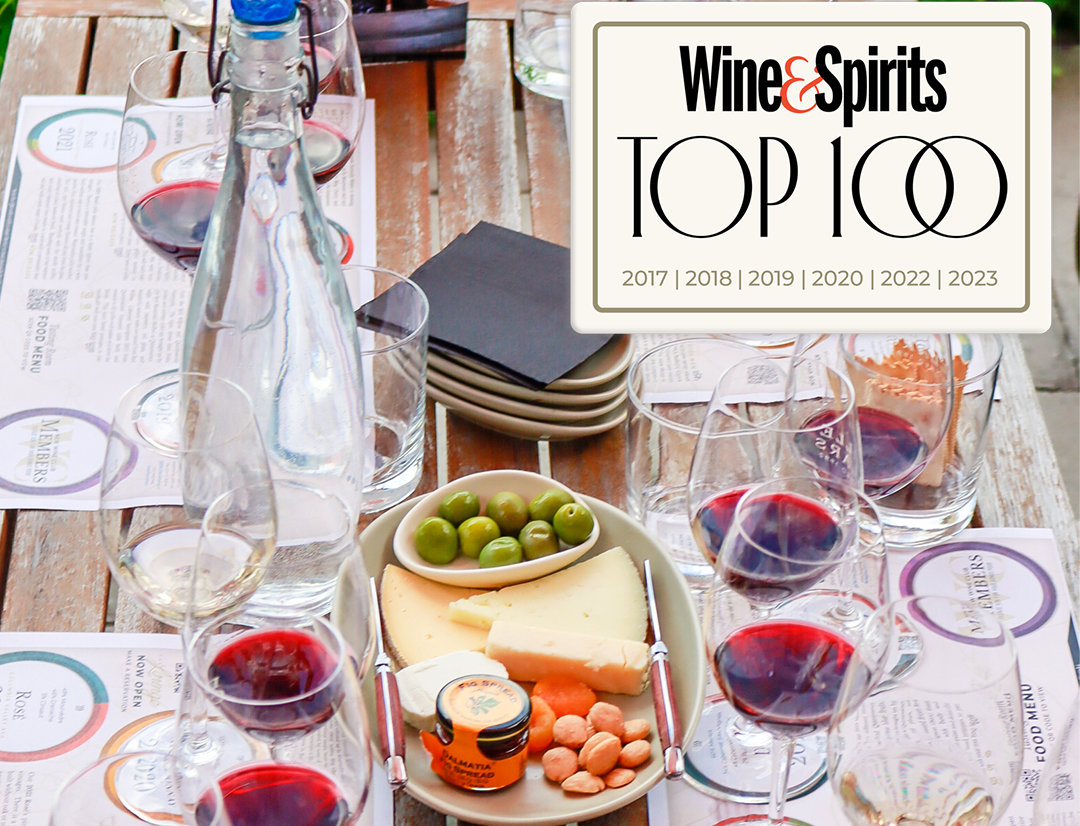
DeLille Cellars named 2023 Wine & Spirits Top 100 Wineries in the World for the sixth year! Learn more.
Read More
Are you a fan of Chaleur Blanc? Learn more about the history and winemaking of this iconic wine.
Read More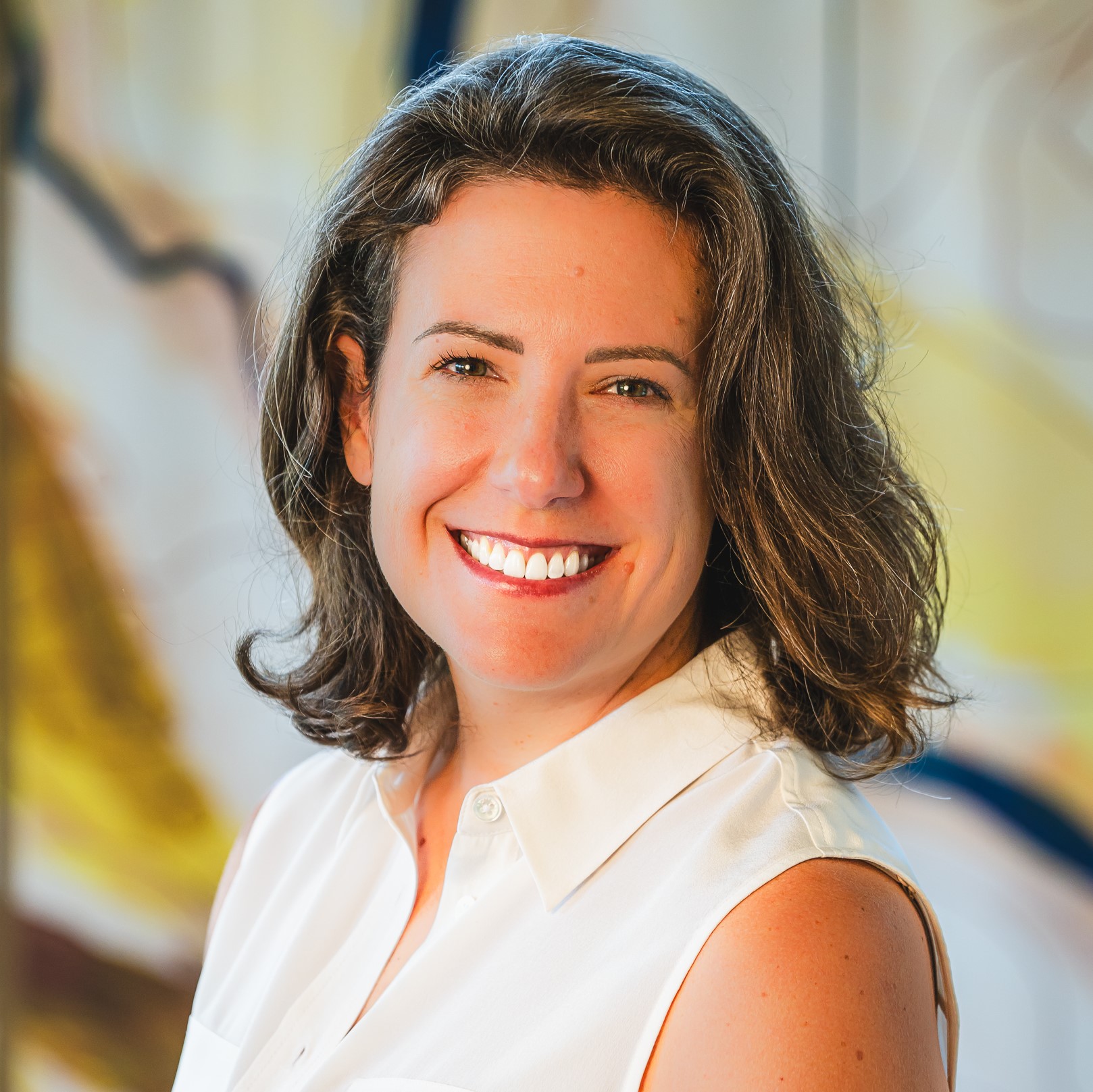
DeLille Cellars is delighted to announce the promotion of Janna Rinker to the position of Vice President of Sales
Read More
DeLille Cellars is proud to be involved with the Auction of Washington Wines. Learn more about our history here.
Read More
The Restaurant at DeLille Cellars makes USA Today’s Top 10 winery restaurants list for the second year in a row.
Read More
Celebrate WAugust, a month-long event honoring Washington wine, with two bundles that offer a “taste” of DeLille Cellars history.
Read More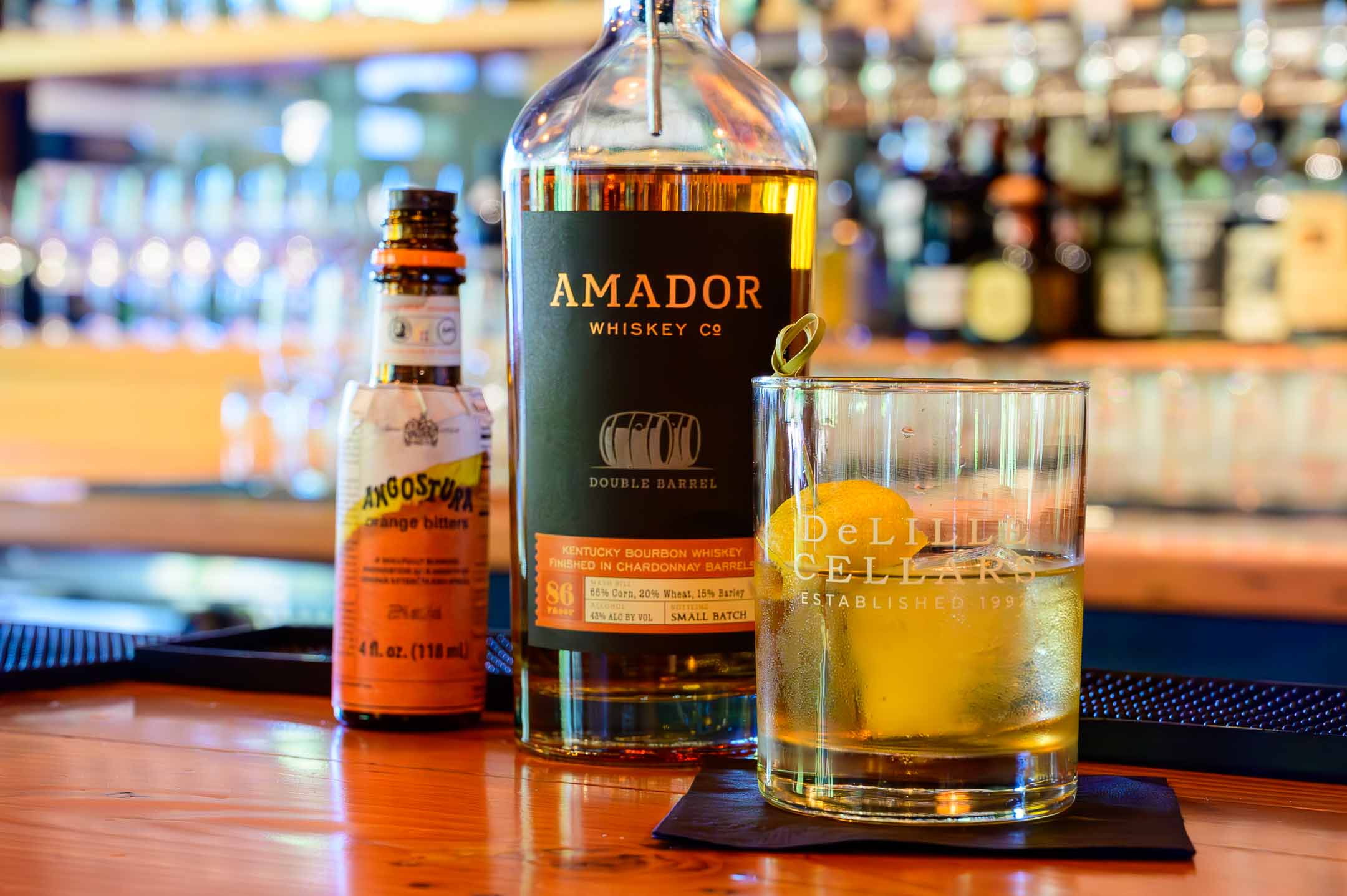
The Winemaker’s Old Fashioned is our twist on the classic Old Fashioned. Made with simple syrup from our Roofline Chardonnay.
Read More
We are honored to share The Restaurant was awarded the 2023 Wine Spectator Award of Excellence for its extensive wine list.
Read More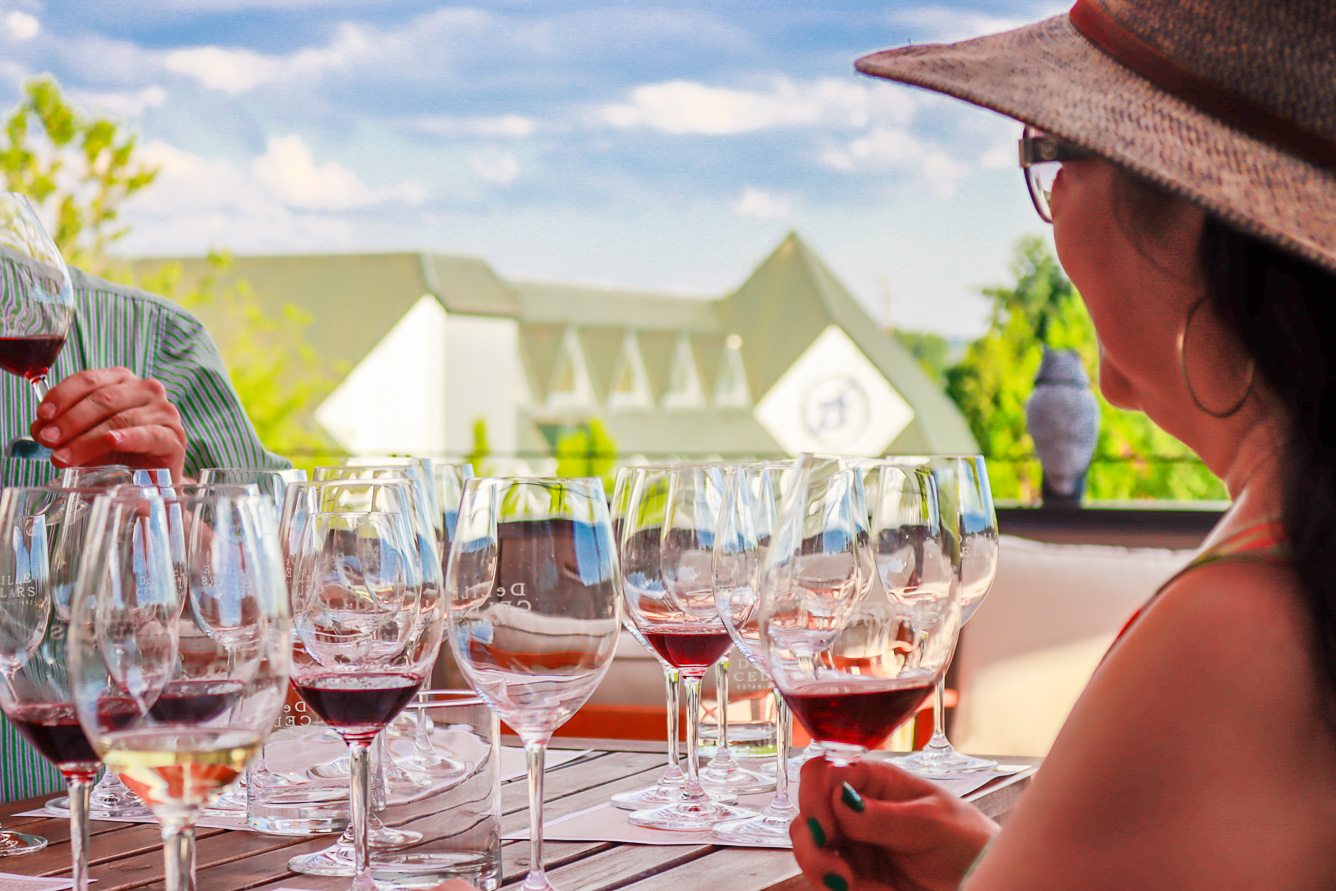
We are so excited to share Jeb Dunnuck’s latest scores, many of our wines receiving 95+ point scores for DeLille Cellars Washington Wines.
Read More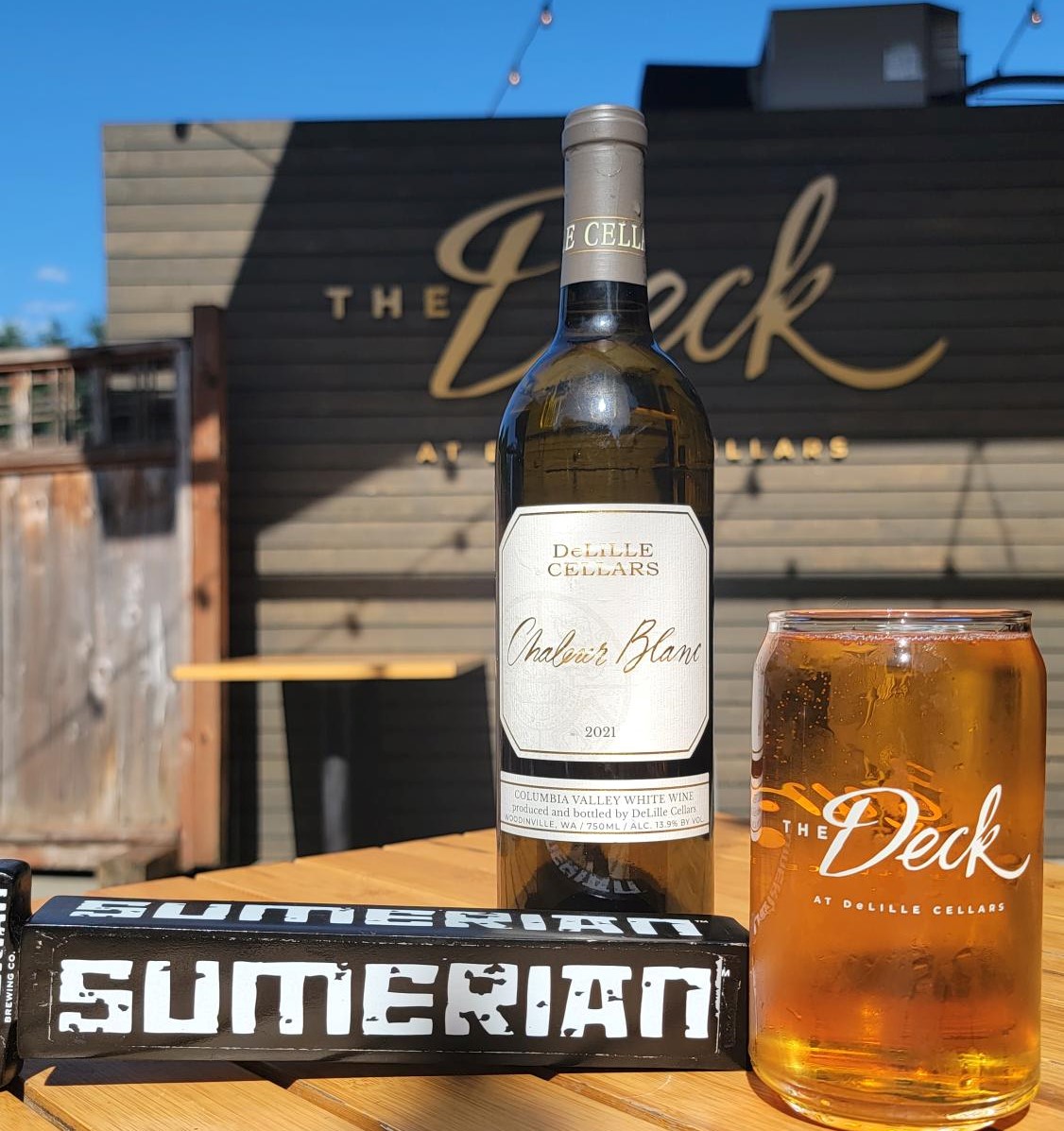
In the world of brewing and winemaking, collaboration often leads to exciting and innovative creations – one being Sumerian’s Sauvignon Blanc Barrel Aged Pilsner
Read More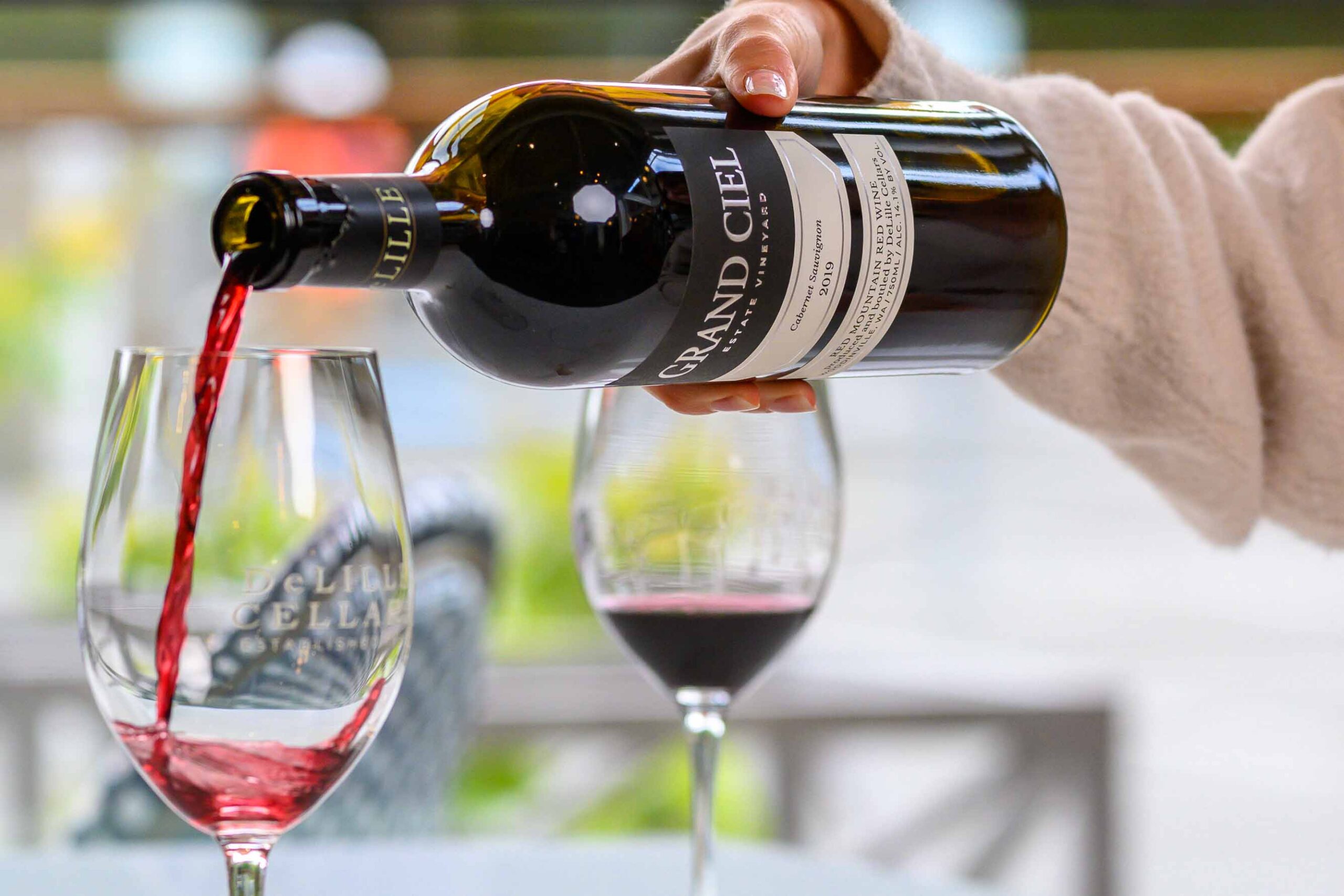
We are pleased to share Owen Bargreen’s latest scores, including 95 point scores for six DeLille Cellars Washington wines.
Read More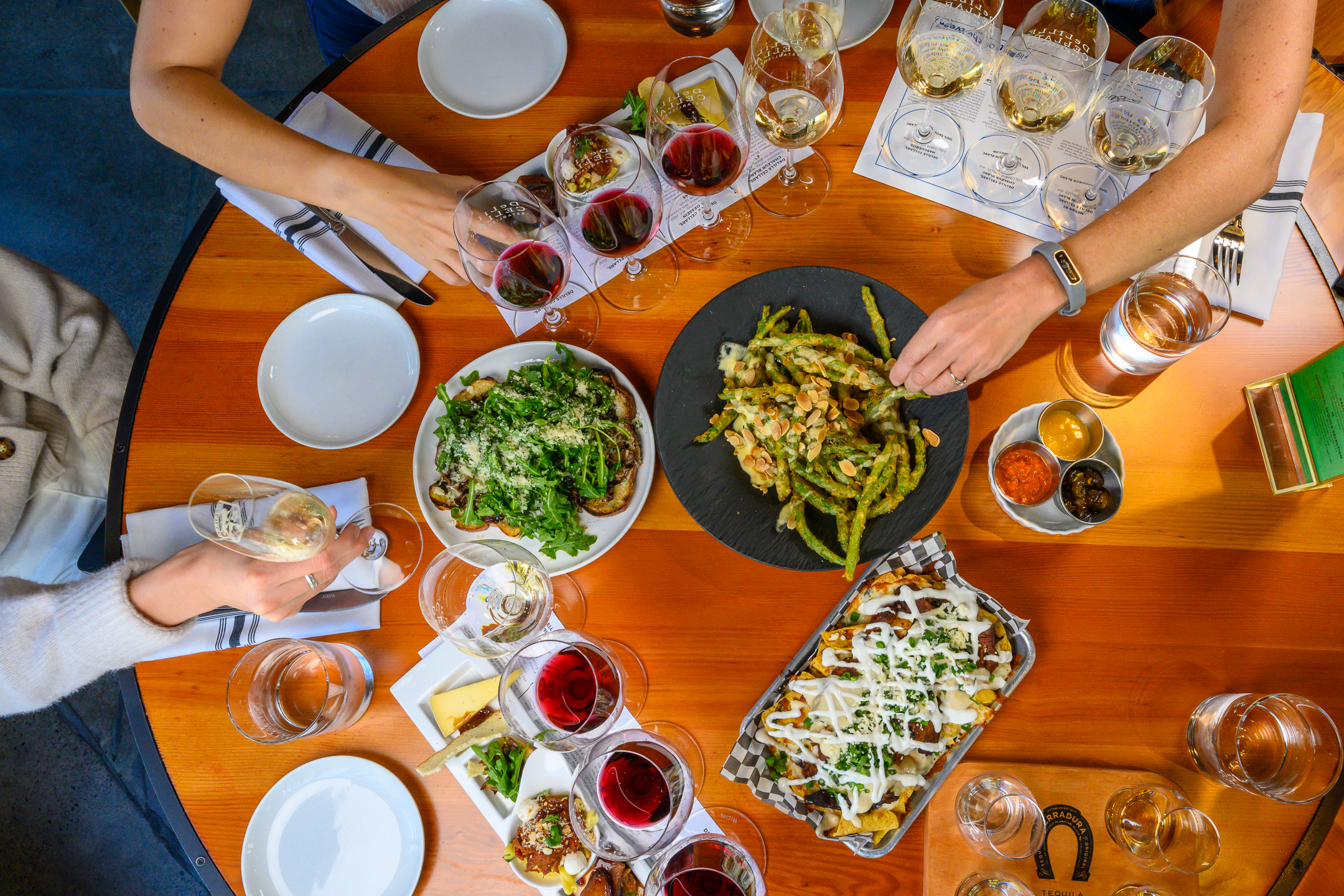
DeLille’s Woodinville restaurant formerly known as The Lounge has been renamed to The Restaurant to align with its expanded operations, menu and wine list.
Read More
We are excited to share 20+ 90+ point scores from wine critic James Suckling!
Read More
Explore spring 2023 scores from Sean Sullivan at Northwest Wine Report.
Read More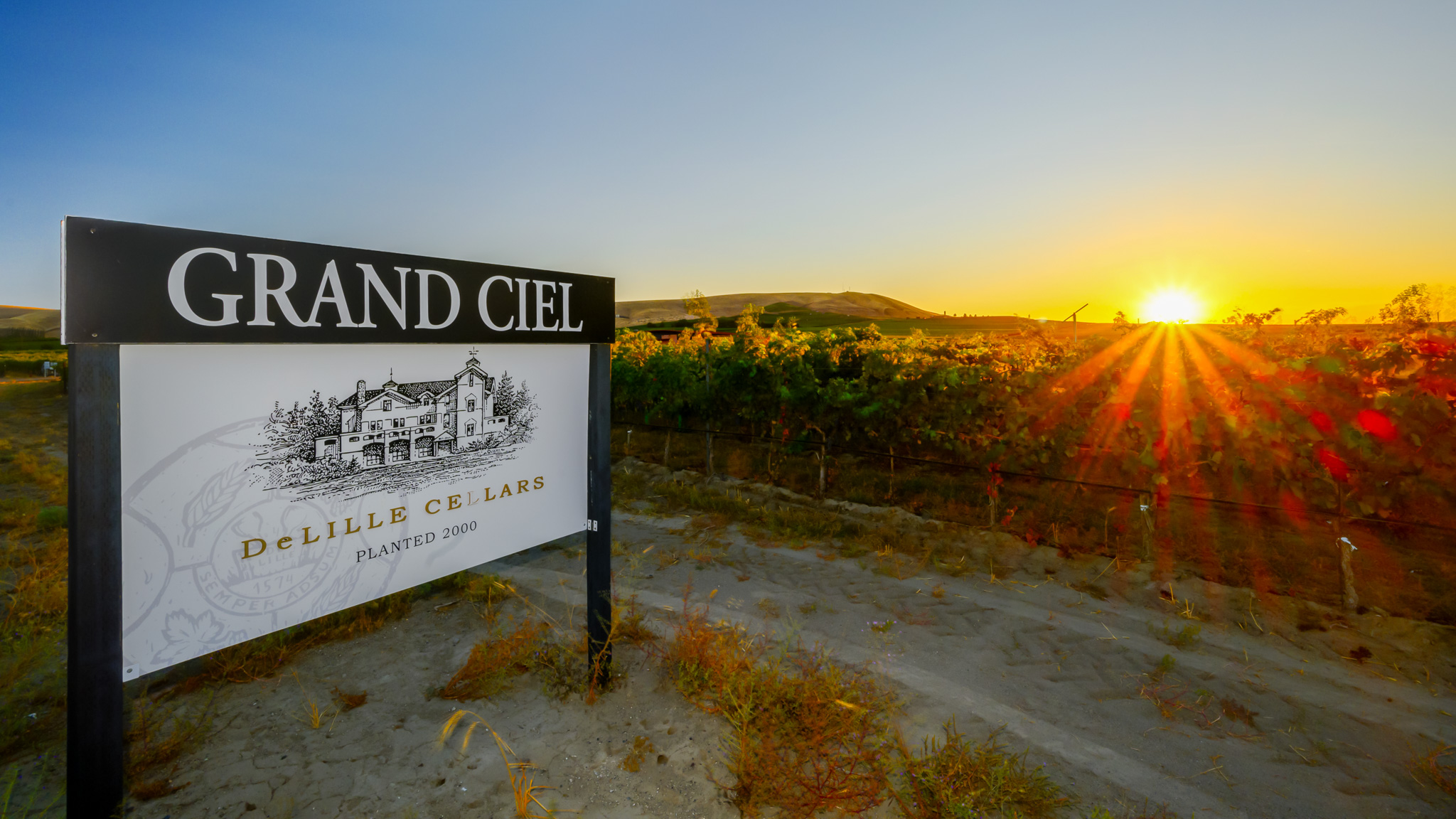
We are excited to share 30+ 90+ point reviews from wine critic Anthony Mueller at Robert Parker Wine Advocate.
Read More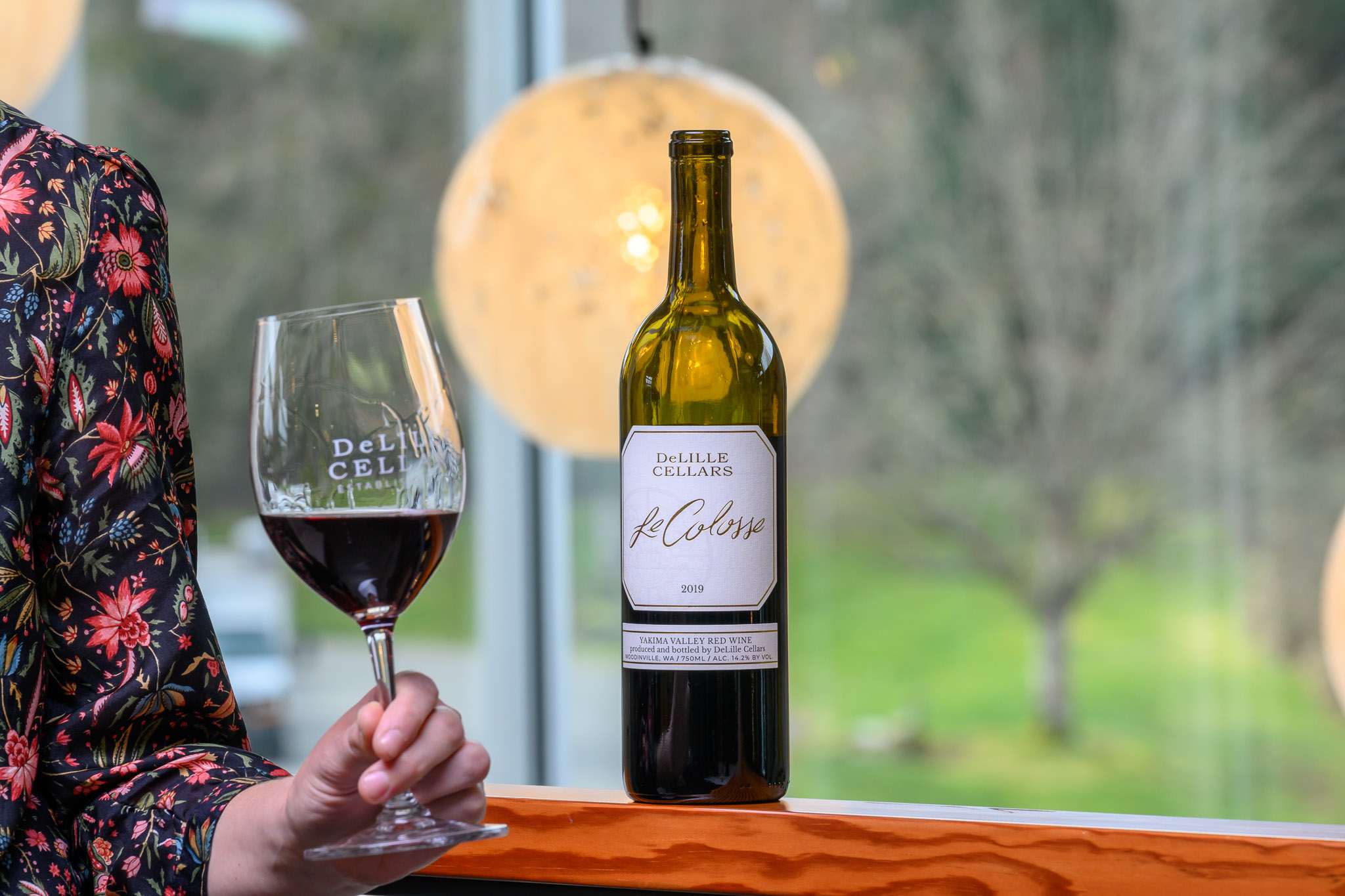
Minuit and Le Colosse score 93 points in Jeremy Young’s International Wine Report spring 2023 scores!
Read More
We are excited to share 15 90+ point scores from wine critic Michael Alberty at Wine Enthusiast Magazine!
Read More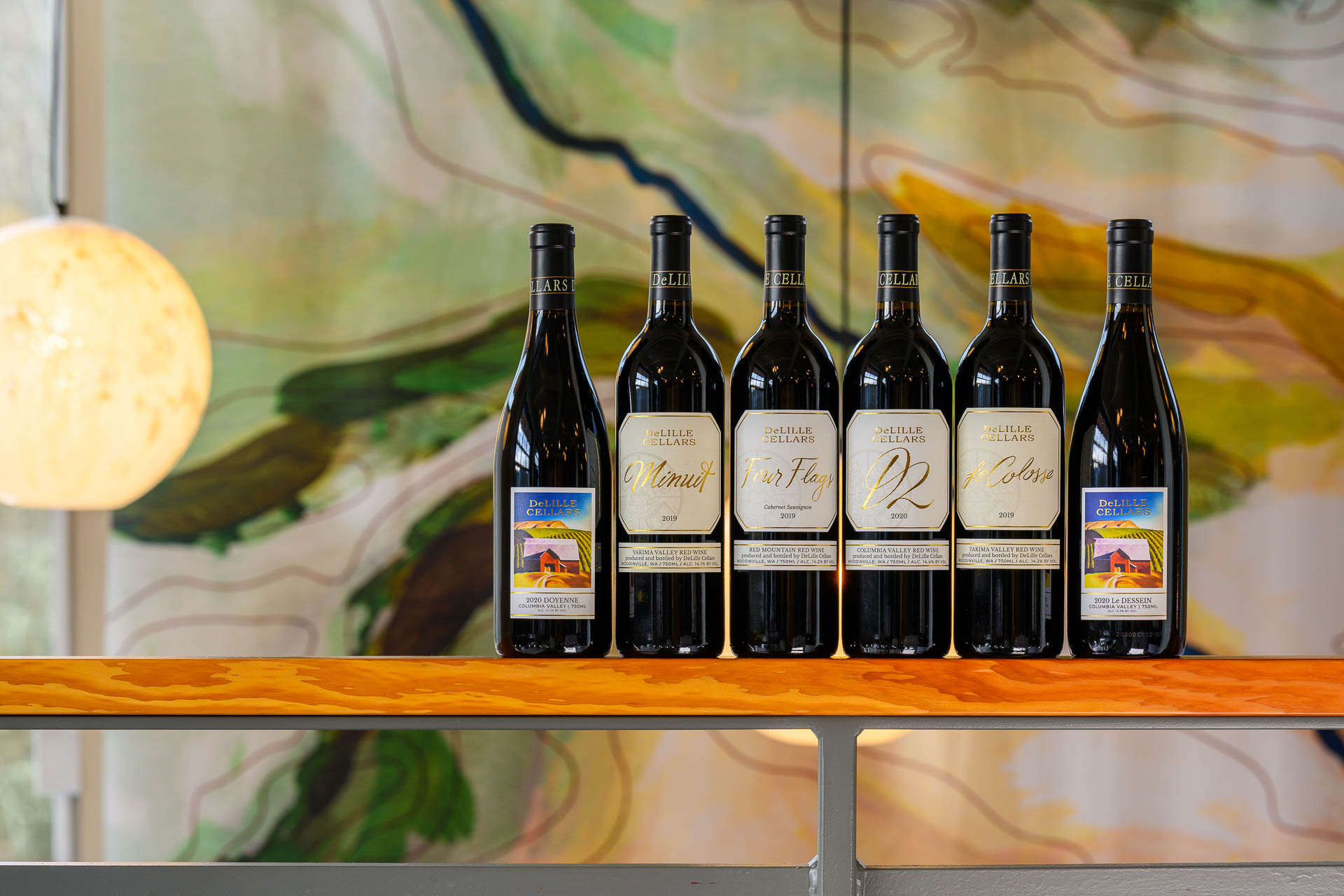
We are excited to share over 20 90+ point scores from wine critic Eric Guido at Vinous Magazine!
Read More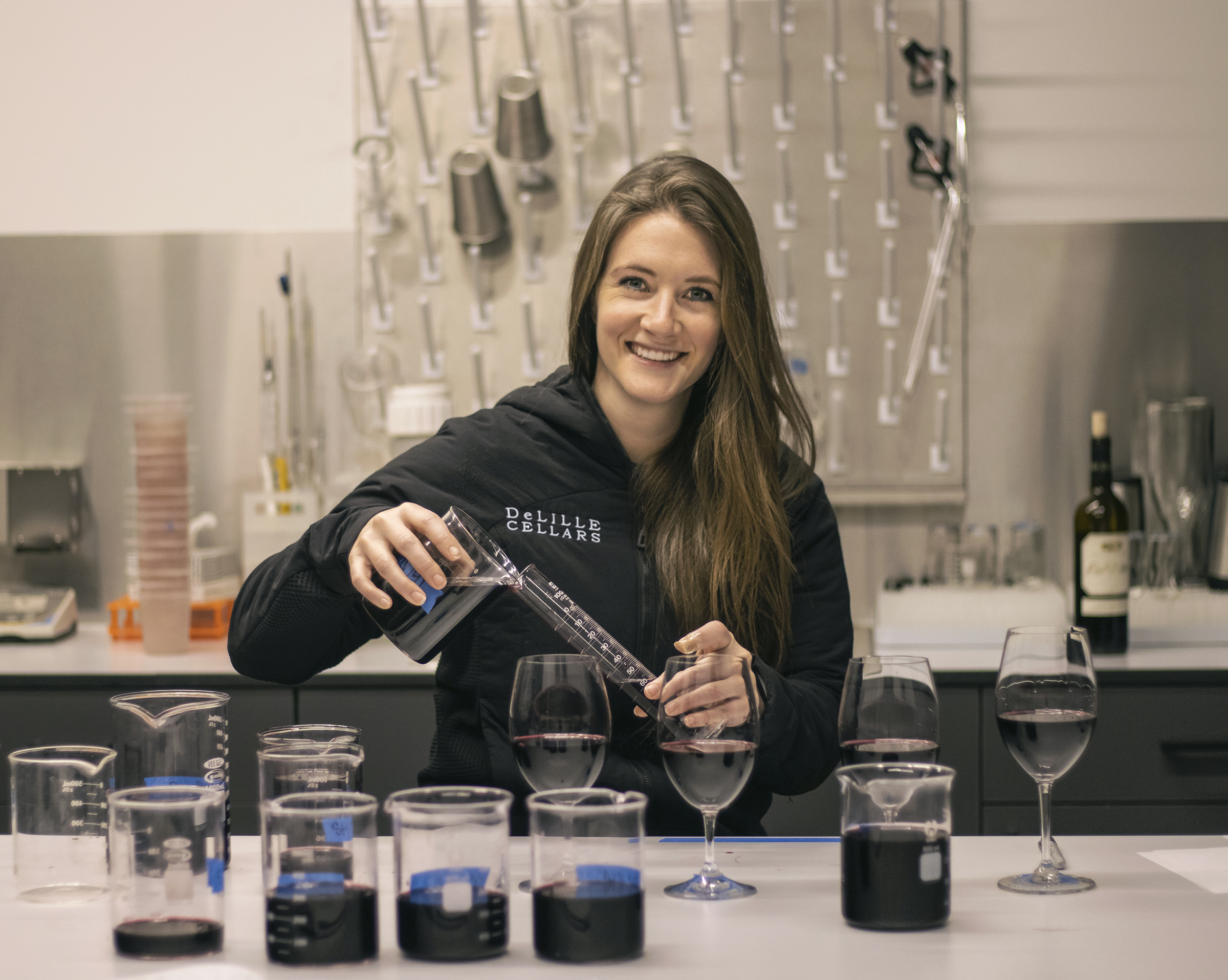
This month we’re celebrating International Women’s Day and Taste WA Wine Month! Learn more about the amazing women on our winemaking team.
Read More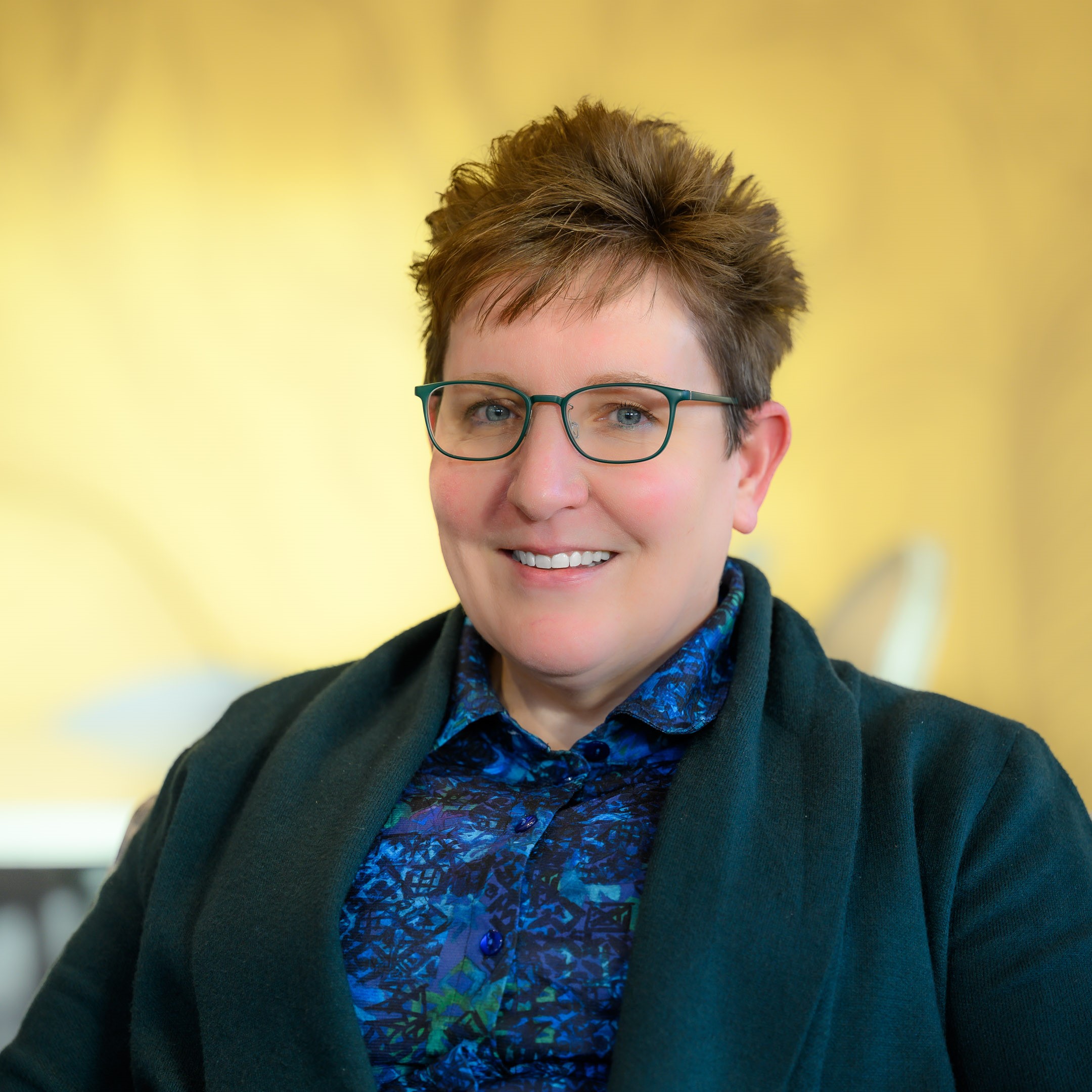
DeLille Cellars Hires Senior Director of Hospitality and Consumer Sales, Lisa Clarkson.
Read More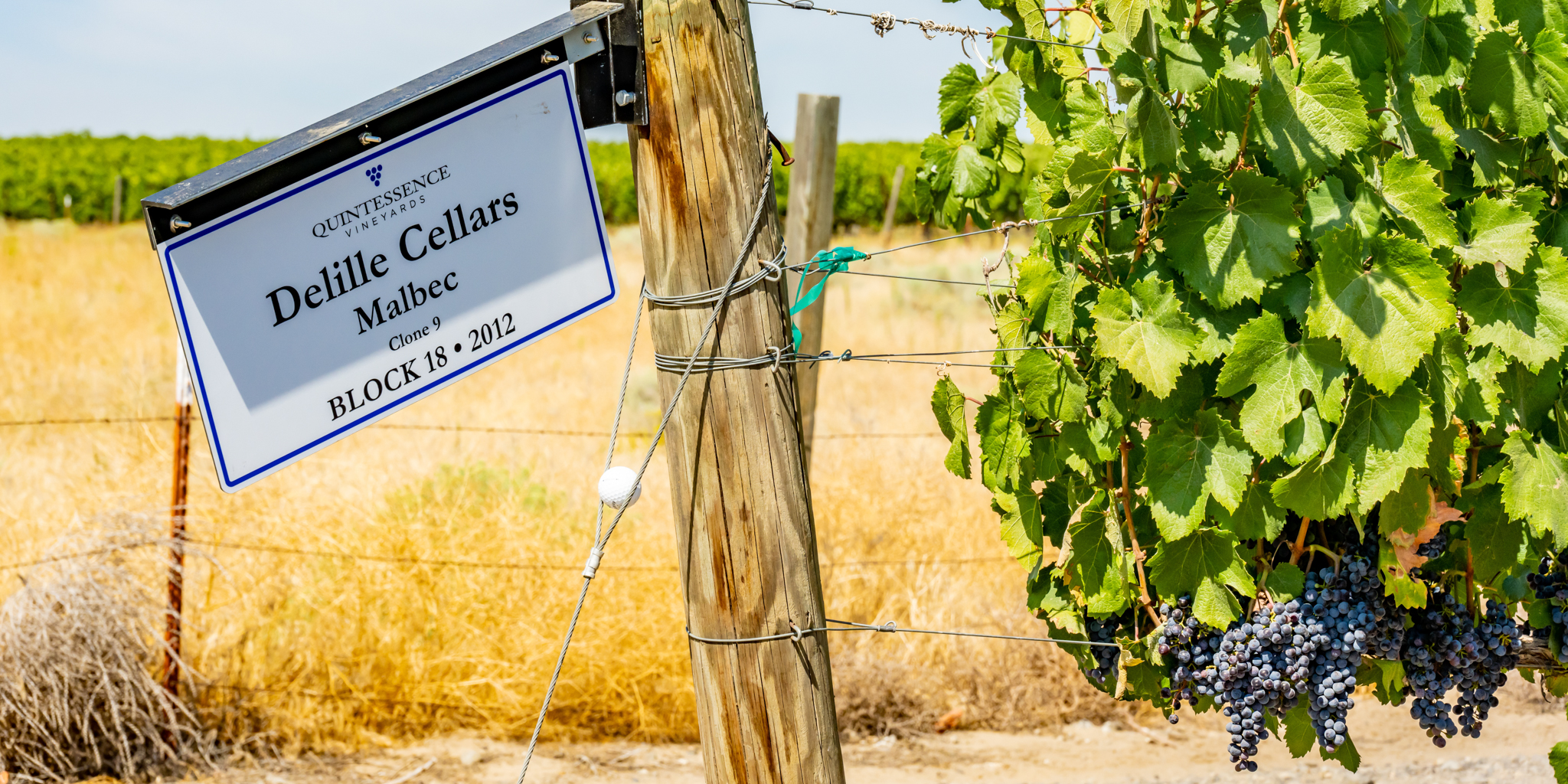
The blending of two acclaimed vineyards provides the foundation of our beloved Malbec and Cabernet Sauvignon blend, Minuit.
Read More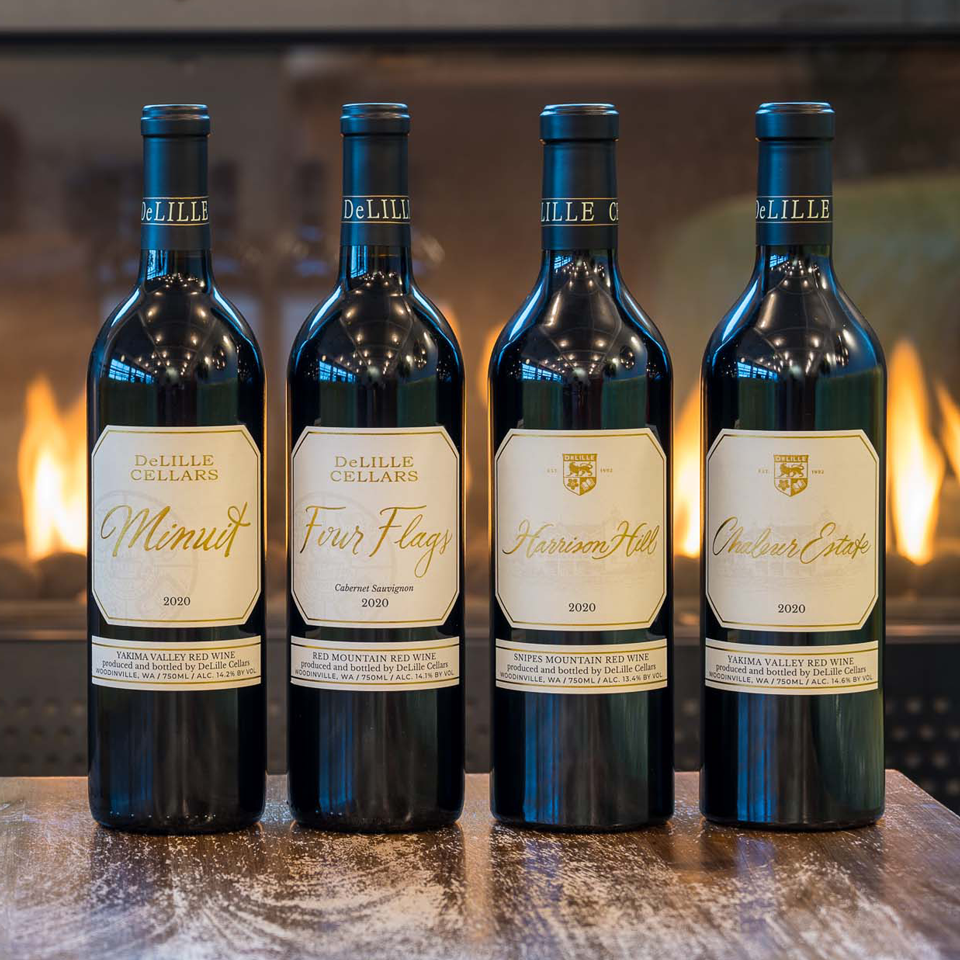
The 2020 vintage is now available for four of our most prestigious wines: Minuit, Four Flags, Harrison Hill and Chaleur Estate. Read more about these favorites.
Read More
Klipsun Vineyard Cabernet Sauvignon beautifully showcases the unique terroir of Red Mountain wine. Learn more about this acclaimed wine, and what makes the vineyard so special.
Read More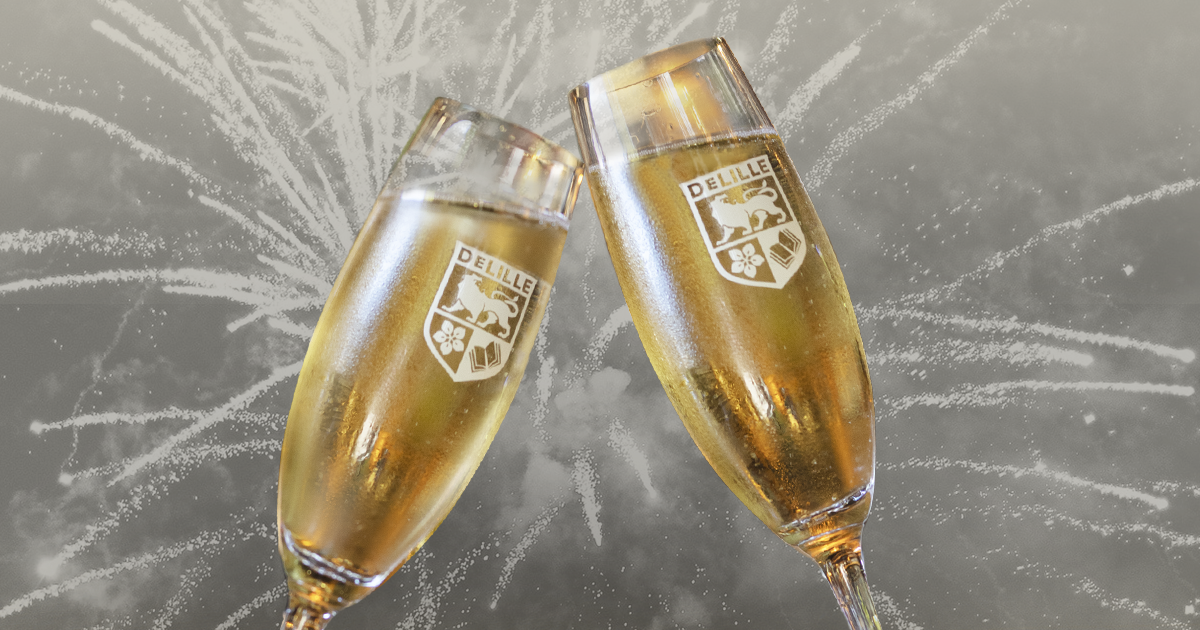
And that’s a wrap to our 30th Anniversary year! We are honored to share our top moments of 2022, including placements on multiple Top 100 lists, #4 Winery Restaurant, Best Wine Tasting and more!
Read More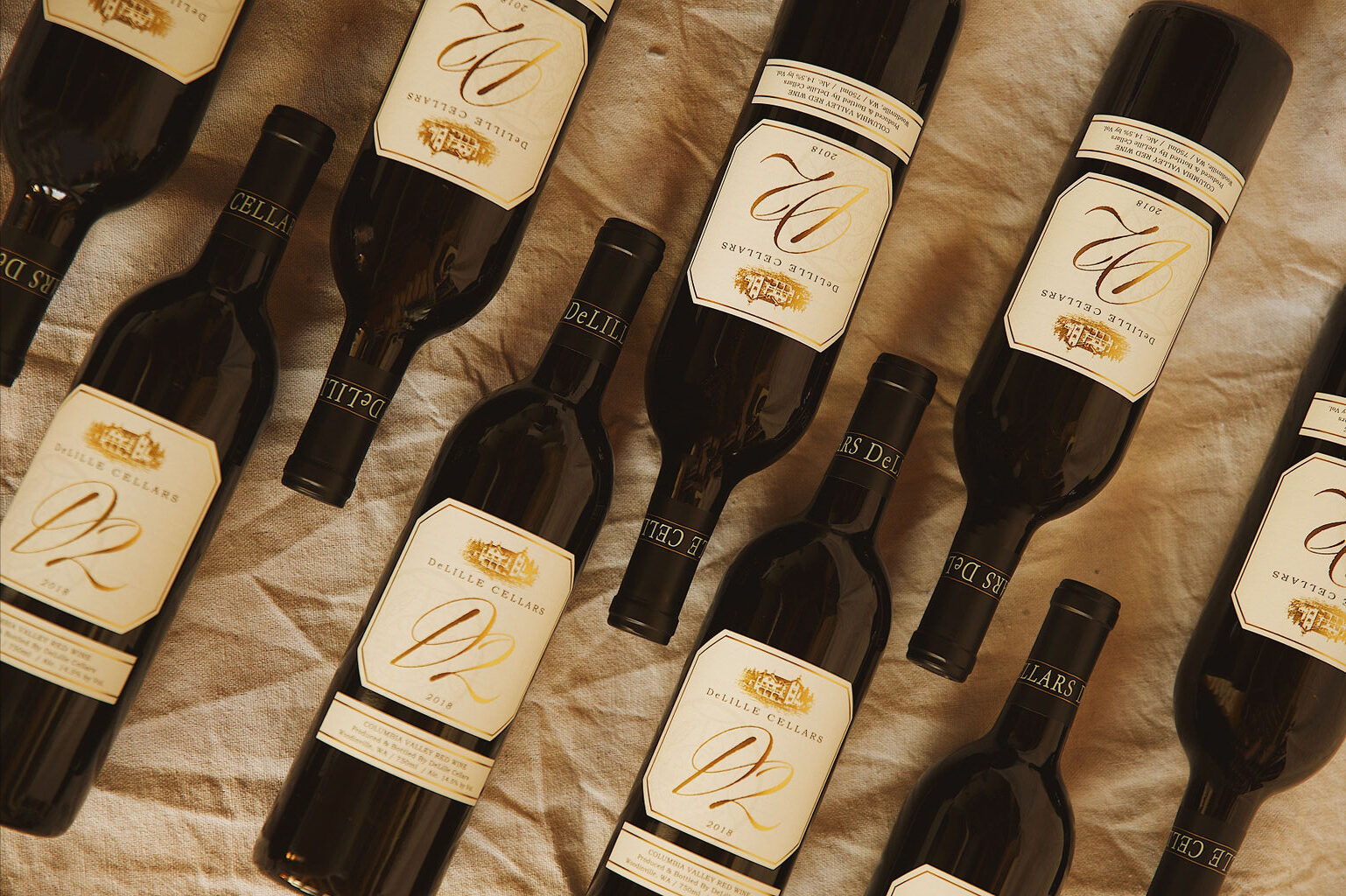
Celebrate the release of 2020 D2 with us! Whether you are dining with us at The Lounge, crafting your own D2 pairing or opening a bottle at home, raise a glass to all that Washington wine has to offer!
Read More
Looking for the perfect wine for your holiday dinner? We’ve got you covered with these pairing recommendations.
Read More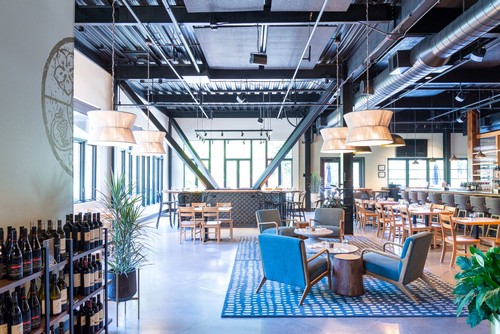
The Restaurant at DeLille Cellars makes USA Today’s Top 10 winery restaurants list in its second year of operation.
Read More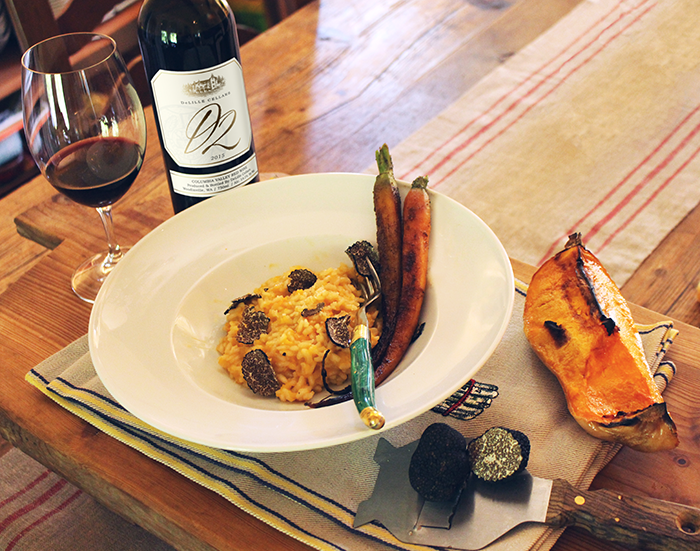
Butternut Squash Risotto pairs perfectly with DeLille Cellars D2. Recipe by Founding Winemaker Chris Upchurch
Read More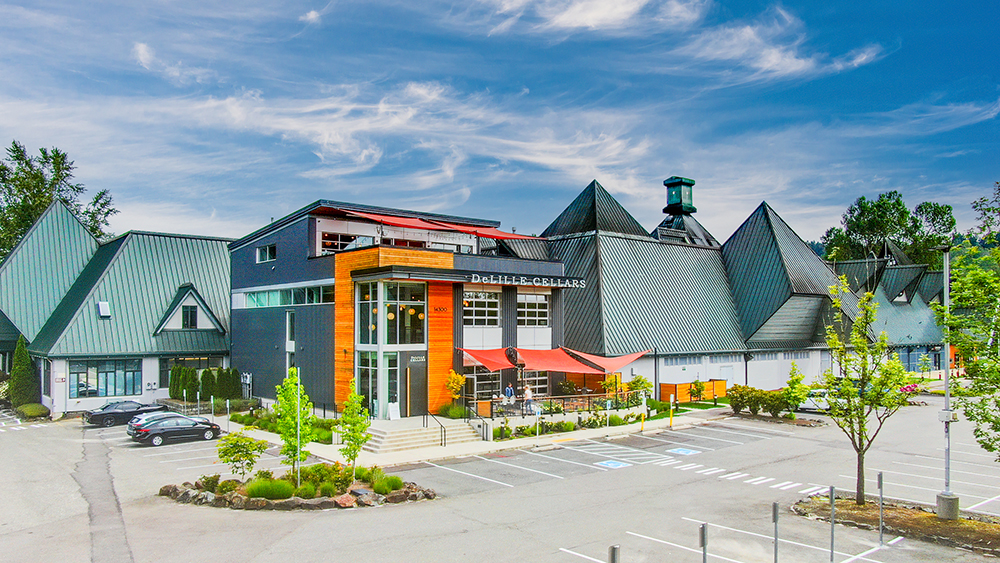
We are excited to share our 2022 scores from International Wine Report.
Read More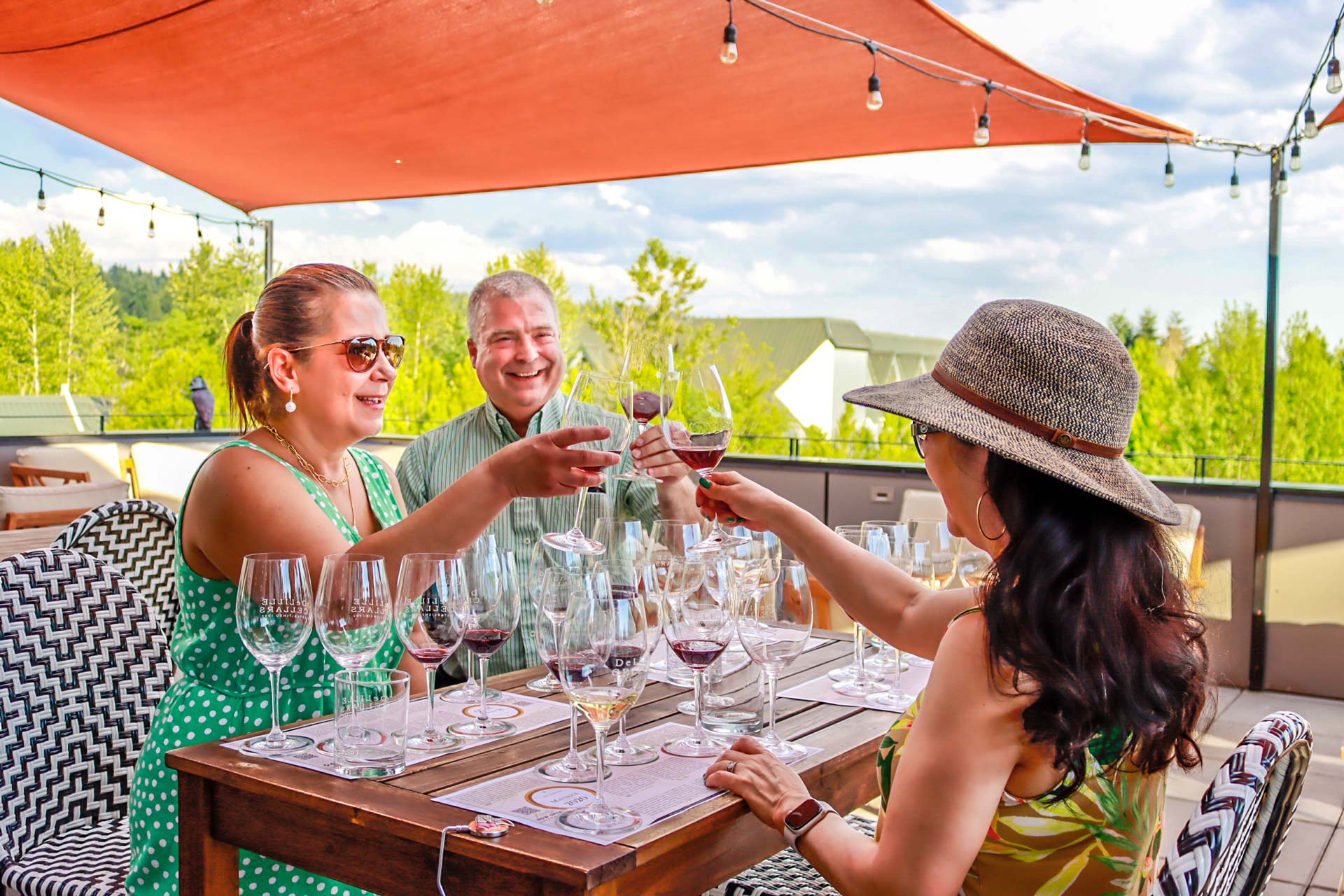
DeLille Cellars named 2022 Wine & Spirits Top 100 Wineries in the World for the fifth year! Learn more.
Read More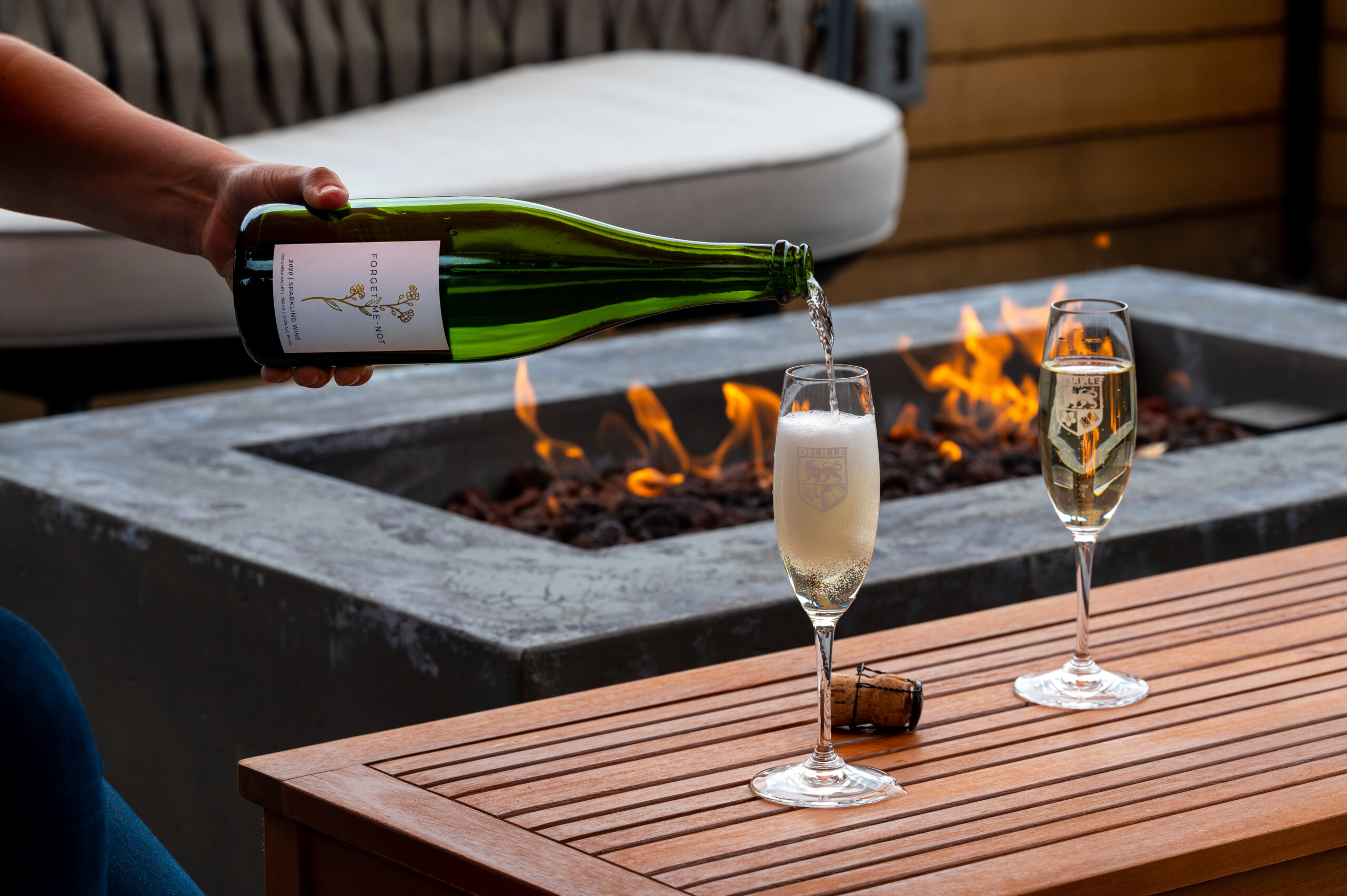
Join DeLille Cellars in celebrating the first-ever Drink Up Week! Visit us in Woodinville to celebrate.
Read More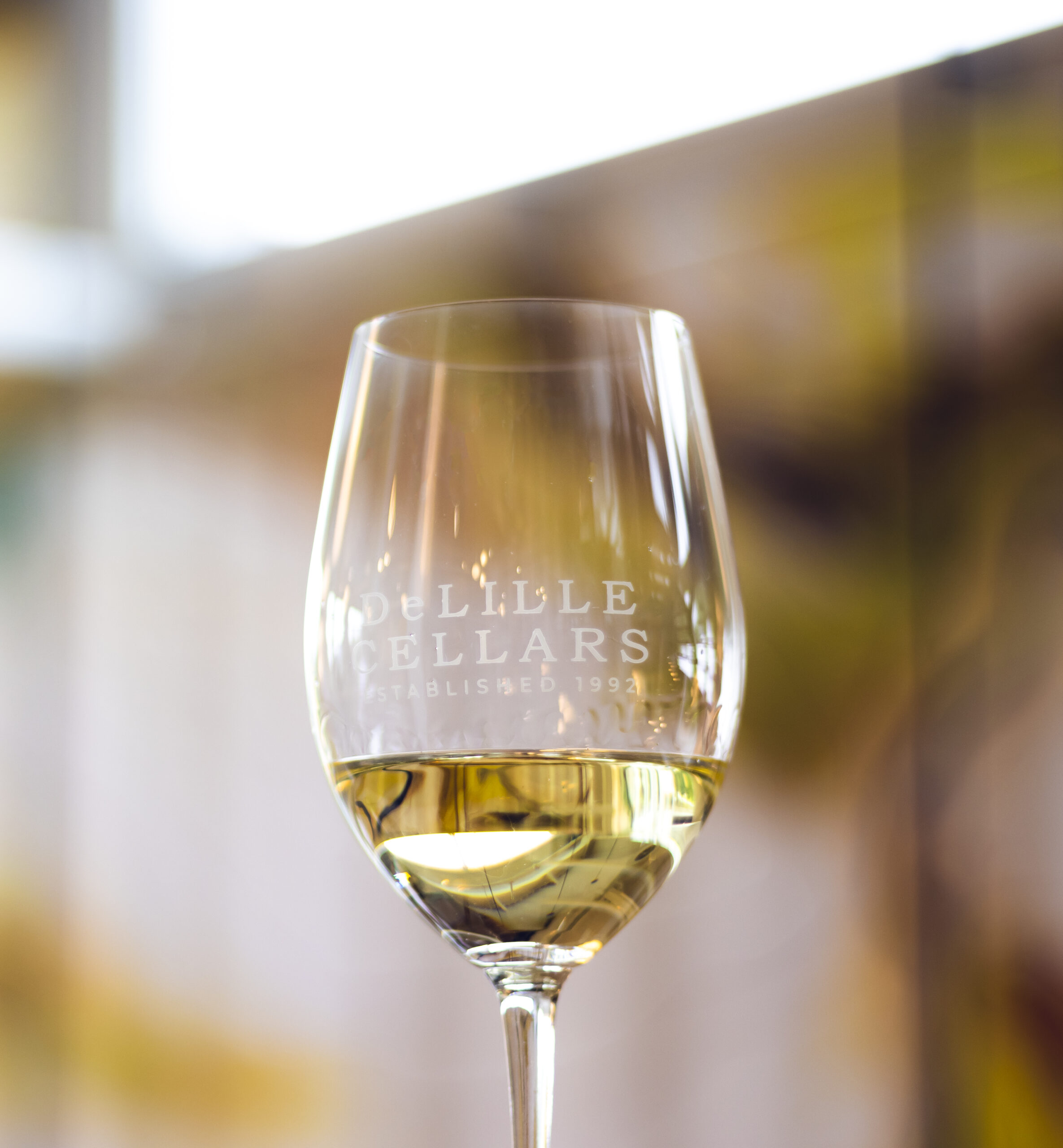
DeLille Cellars releases the 2021 vintage of Washington State’s Bordeaux-style white, Chaleur Blanc
Read More
The Best of Bordeaux 2022 Auction Lot is a once-in-a-lifetime, five-night trip touring the best of Bordeaux with Chris and Thea Upchurch.
Read More
Celebrate Pride Month at The Lounge Restaurant with the Lavender Lemon Cocktail. $5 of each cocktail sold will be donated to The Trevor Project.
Read More
The Woodinville Wine Country Diversity Scholarship benefits minority and under-represented students in the WSU Viticulture & Enology program. Learn more about 2021 recipient Andrea Hernandez.
Read More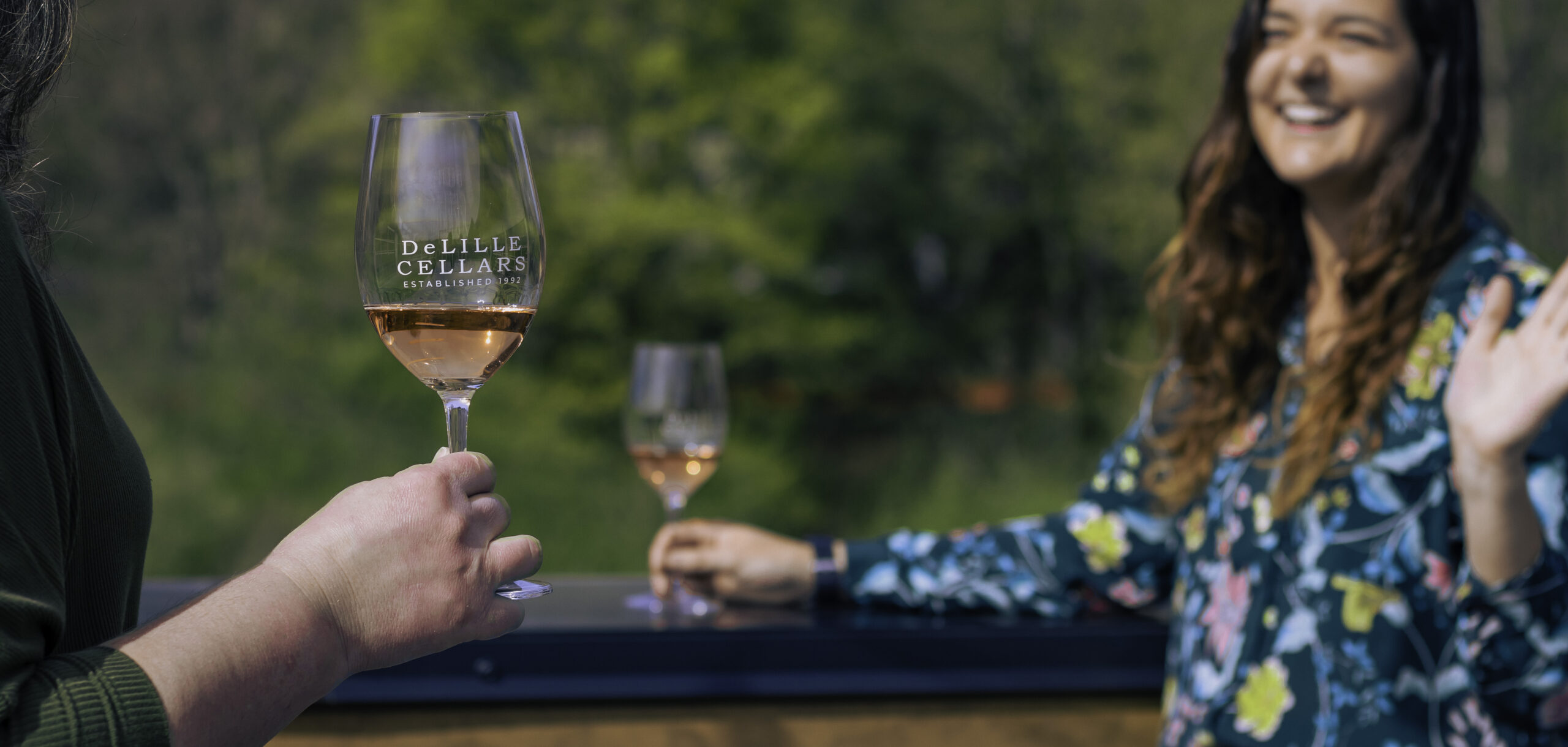
Visit our Woodinville Tasting Room and try our new spring release wines. Read more about what’s new on the DeLille Cellars blog.
Read More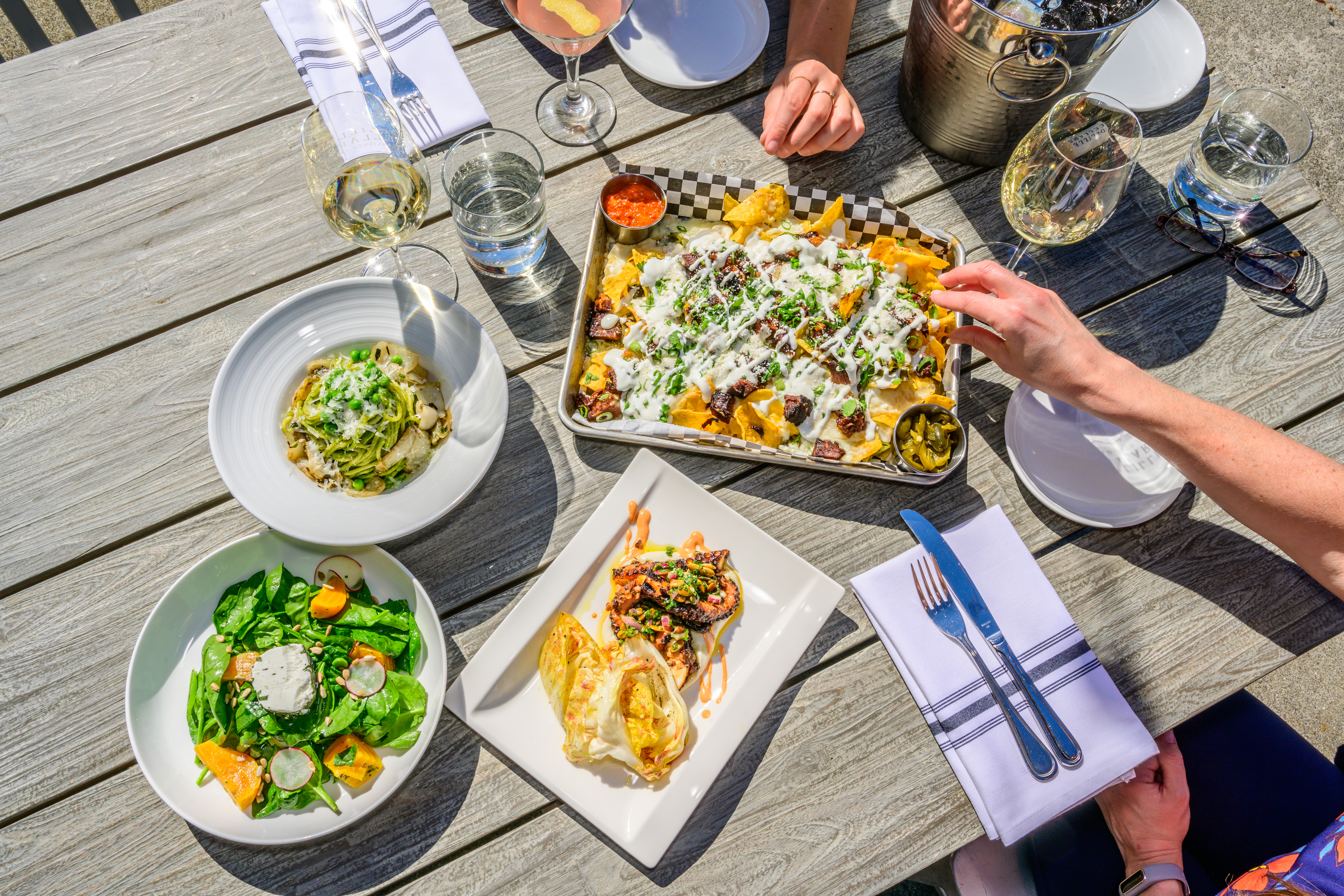
Our Woodinville restaurant is ready to celebrate all that June has to offer. Read more on the DeLille Cellars blog.
Read More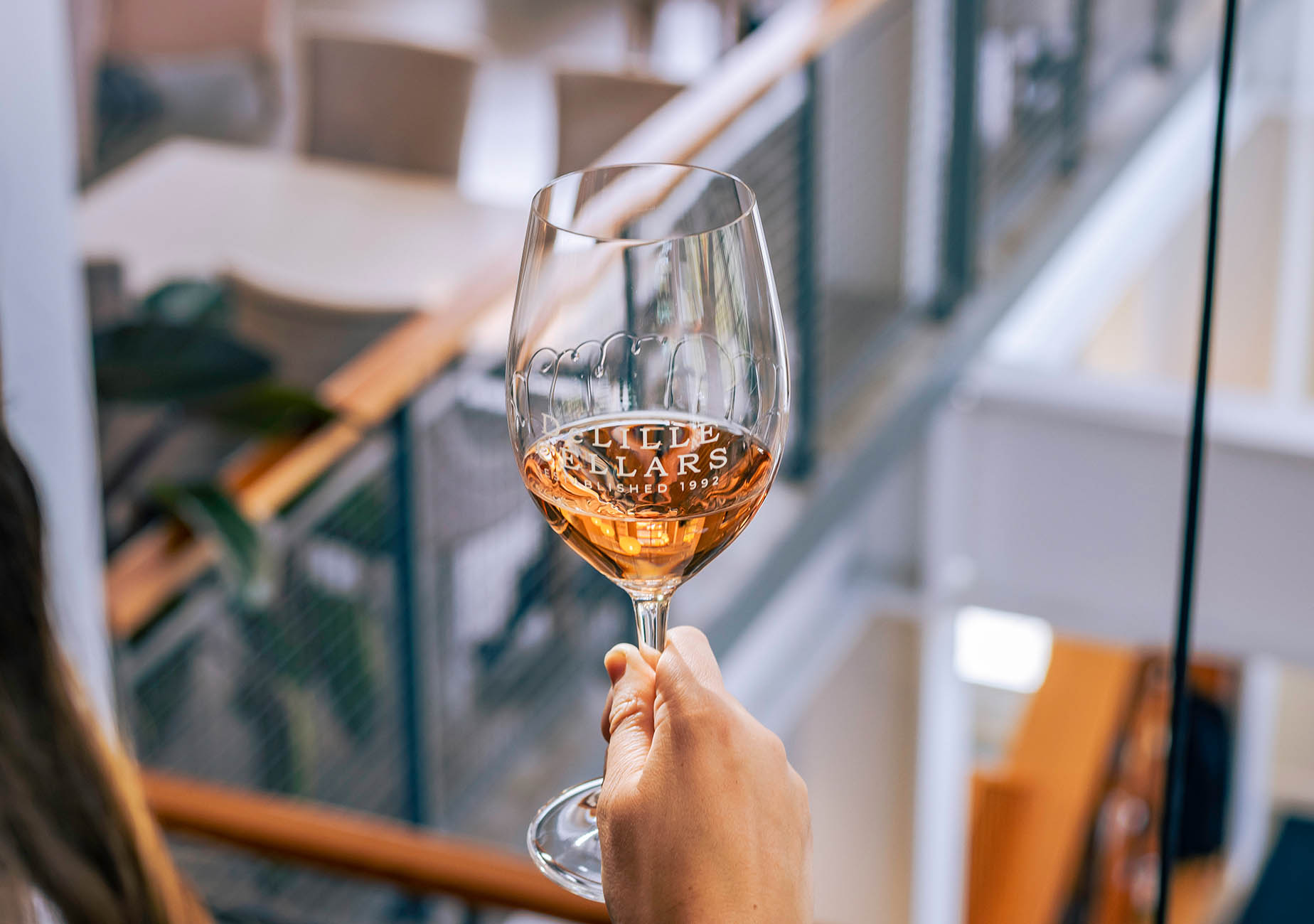
In May, Wine Critic Owen Bargreen sat down with DeLille’s Director of Winemaking Jason Gorski for a vertical tasting of rosé.
Read More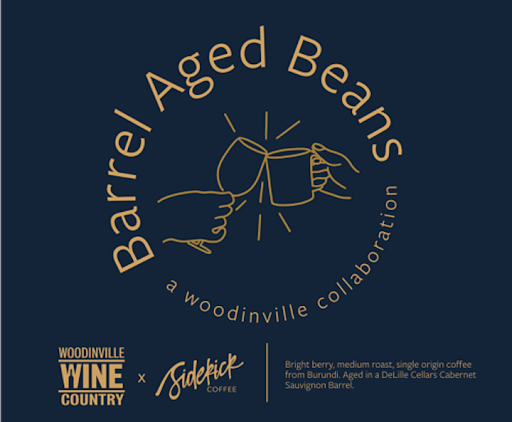
Barrel Aged Beans is a collaboration between Sidekick Coffee & Woodinville Wine Country. Learn more on the blog.
Read More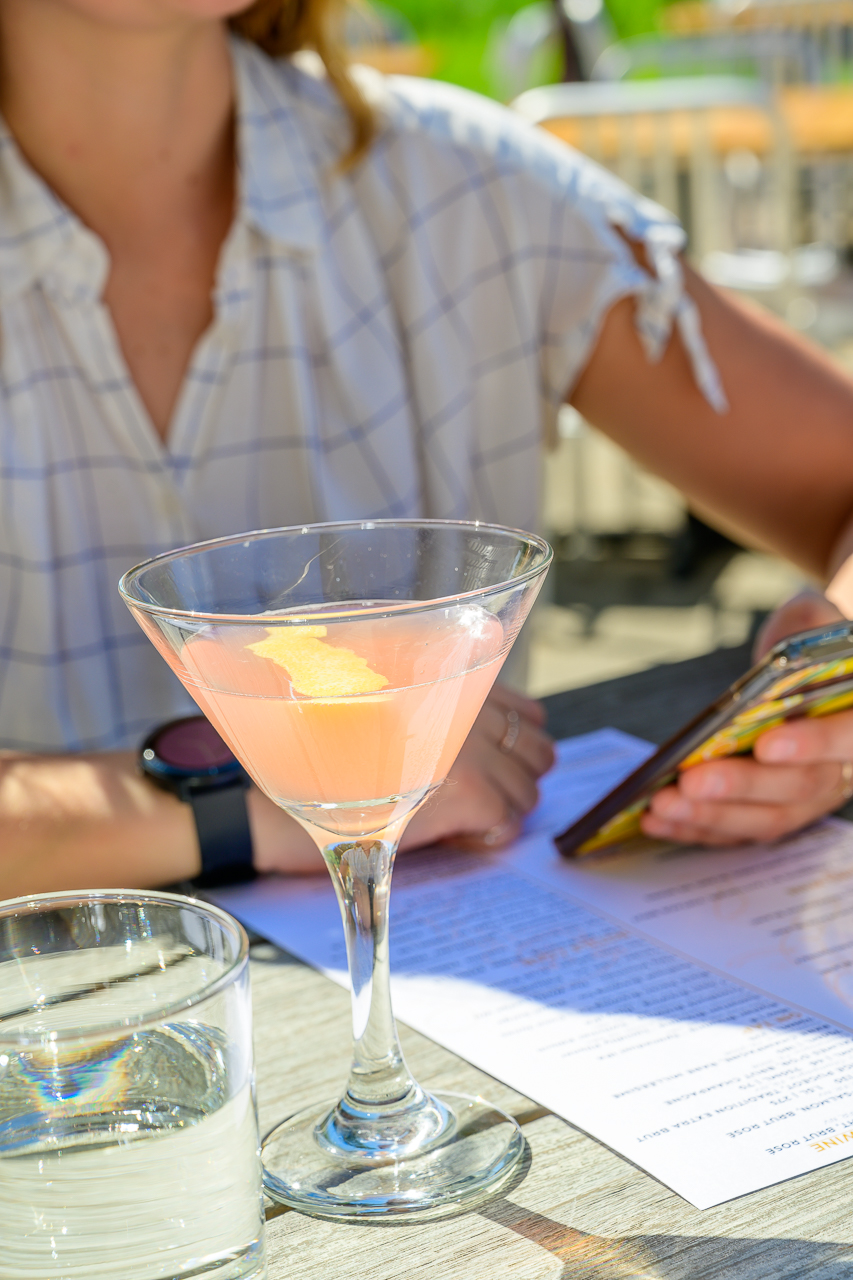
The Amarosé is the perfect summer cocktail. Crafted with DeLille Cellars Rosé and Fast Penny Spirits Amaricano Bianca, this cocktail is sure to delight. Enjoy inside The Lounge or on The Deck this summer, or in the comfort of your own home.
Read More
DeLille Cellars is excited to announce 20 of its Washington State wines received 91 points or above from James Suckling’s recent Washington Wine Report.
Read More
DeLille Cellars is proud to share 10+ scores over 90 pts in the 2022 Wine Enthusiast Buying Guide.
Read More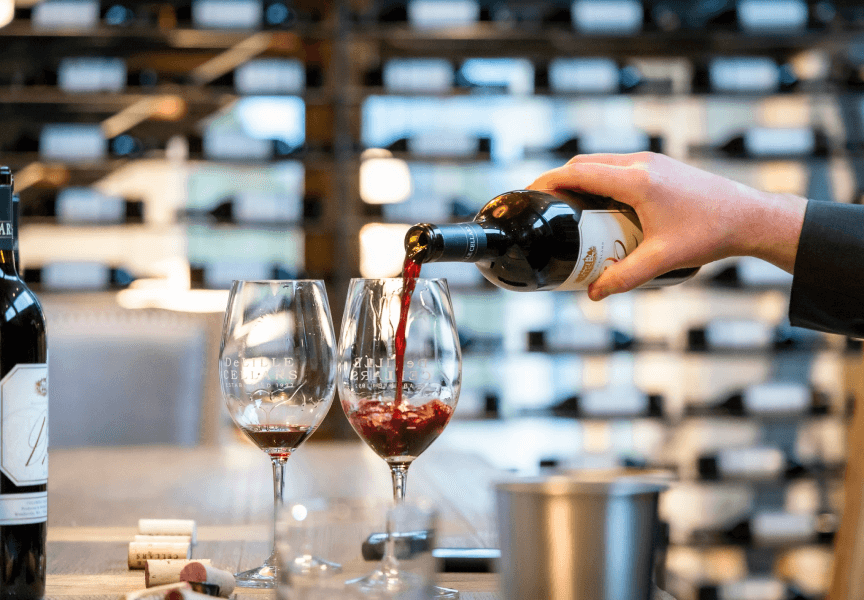
Woodinville winery DeLille Cellars celebrates 30 years of winemaking in Washington State. Learn more and watch the mini-documentary.
Read More
With the release of the 2020 vintage, Métier will be renamed Le Dessein. Read more about the name change & new Cabernet Sauvignon.
Read MoreDeLille Cellars is honored to be named the 2022 Pacific Northwest Winery of the Year by Great Northwest Wine Magazine.
Read More
Columbia Valley Marguerite Sauvignon Blanc is a tribute to devotion and patience. Learn more about the name and winemaking process behind this cuvée.
Read More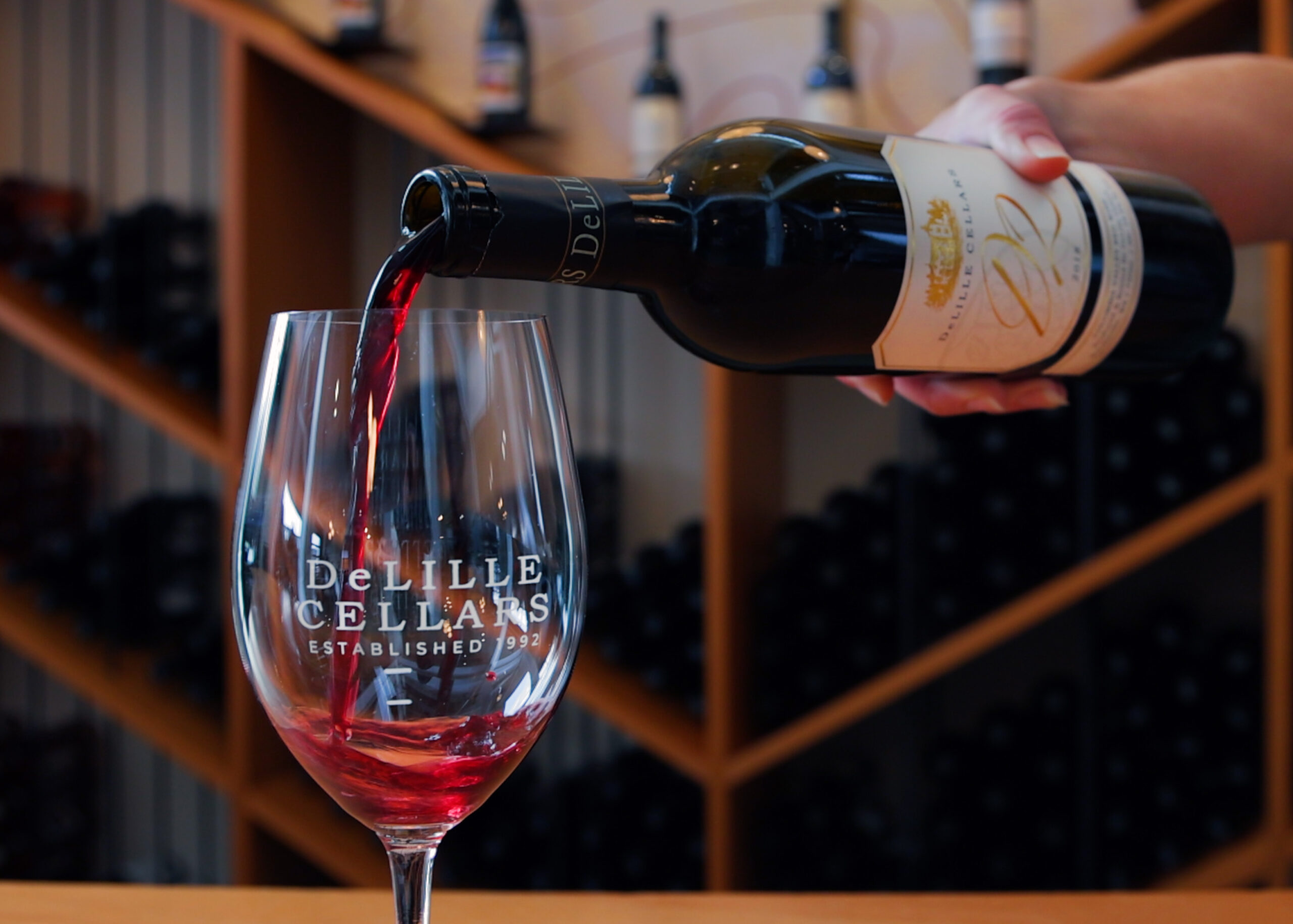
We are honored to share the latest scores from Owen Bargreen at Vinous.
Read More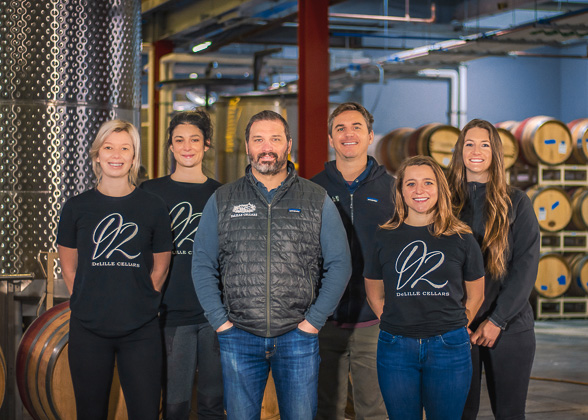
March 8th is International Women’s Day, and we’re raising a glass to all the women in the wine industry who are making their mark and shaping the field for future generations. Learn more about our women winemakers.
Read More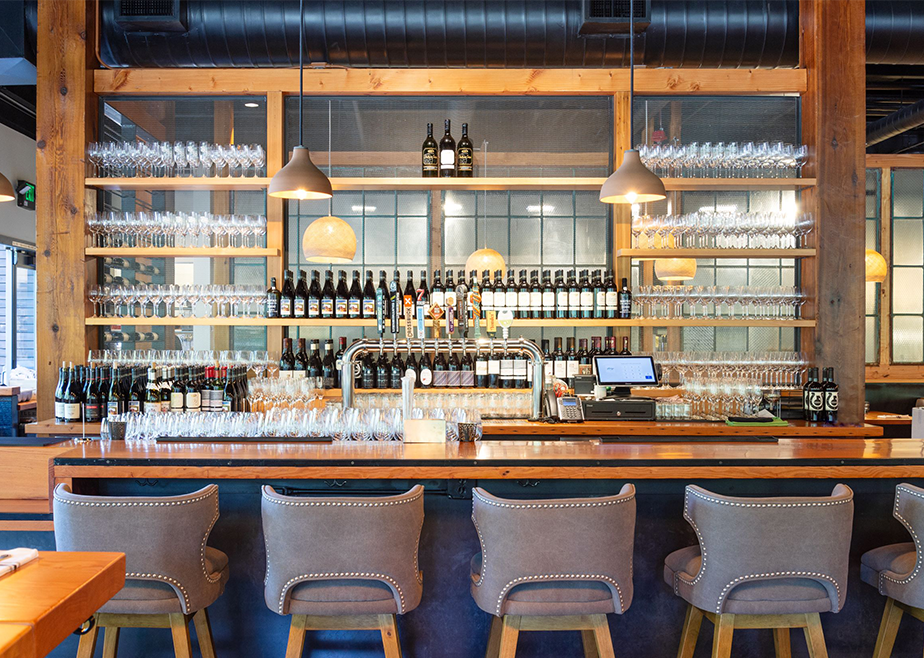
The Lounge at DeLille Cellars, a New American Restaurant in Woodinville, offers live music, weekly date night menus, and more.
Read More
Follow the journey of an oak barrel through its life: from soil to cooperage, winery to distillery, and finally to brewery.
Read More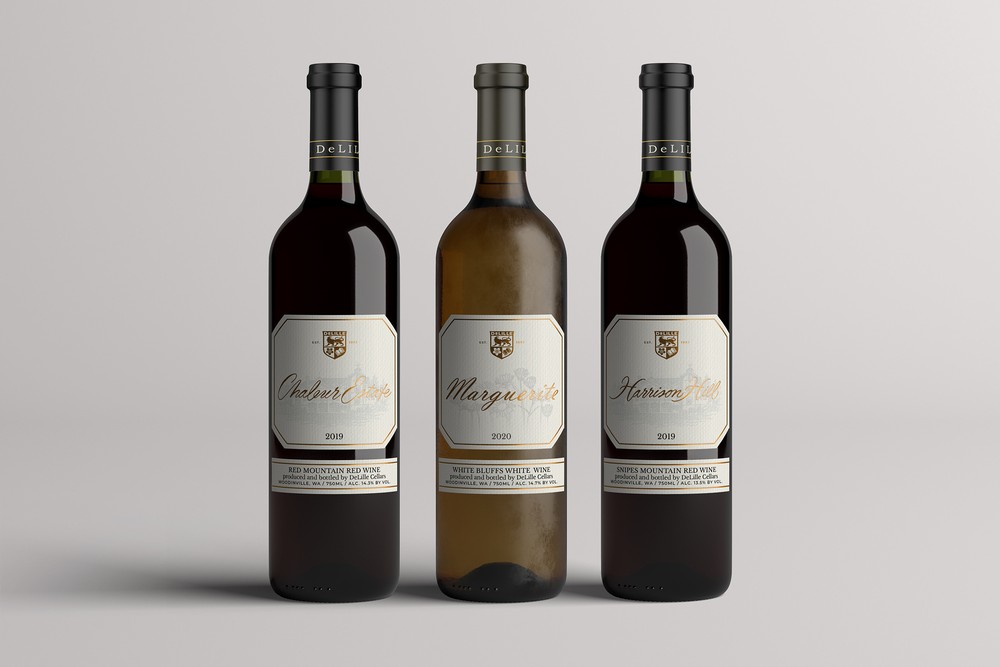
DeLille will be showcasing a new label design for two of our founding wines, Chaleur Estate and Harrison Hill, as well as our new old-vine Sauvignon Blanc.
Read More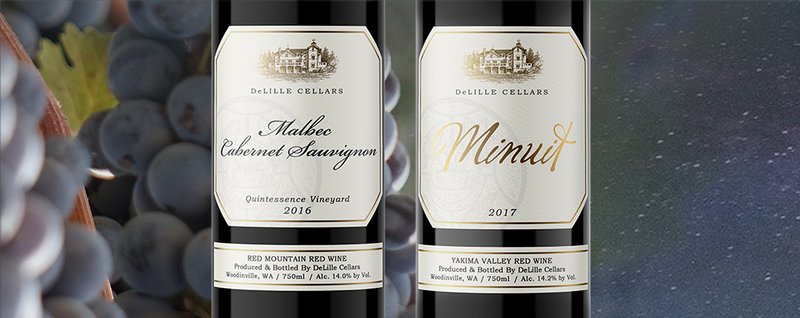
Learn more about the name change of our beloved Malbec-Cabernet Sauvignon blend.
Read More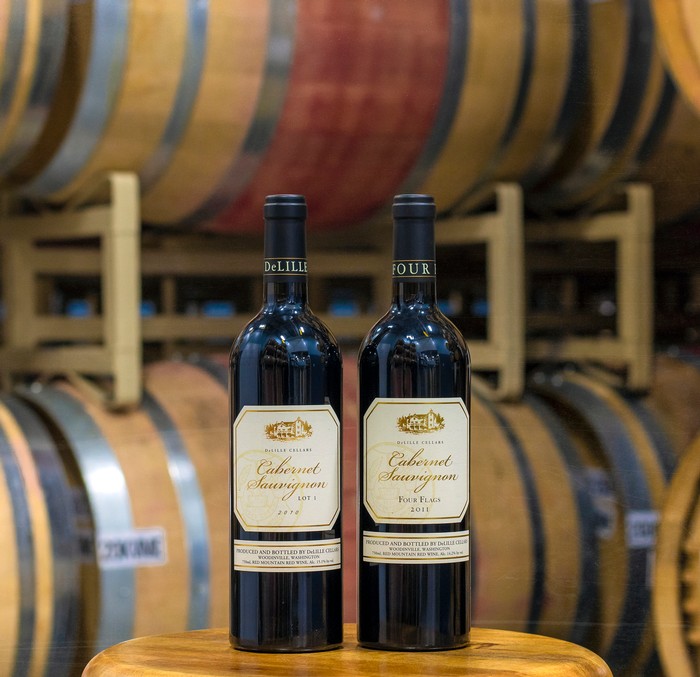
The “Lot” system was created to highlight our small production & highly exclusive Red Mountain wines. In 2022, we will retire this naming system. Read more.
Read More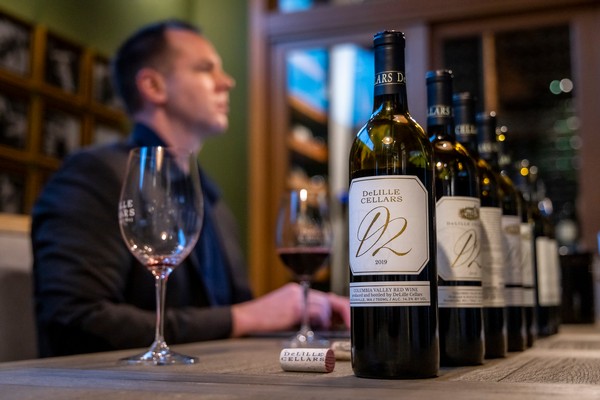
Wine Critic Owen Bargreen reviews 10 vintages of D2 alongside Director of Winemaking, Jason Gorski.
Read More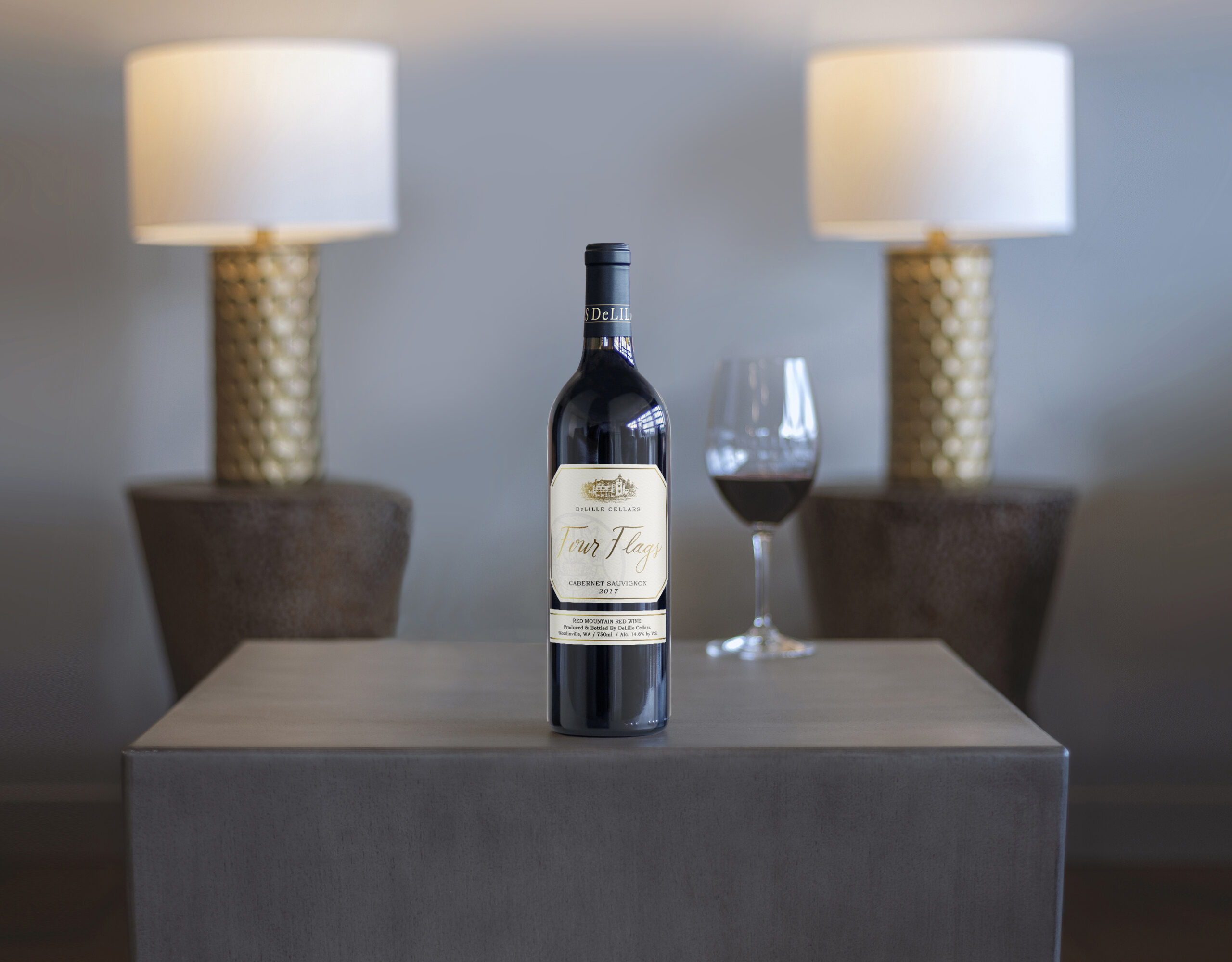
DeLille Cellars, a pioneer of Bordeaux-style blends in Washington State, earns 10 90+ scores from Wine & Spirits. Read more.
Read More
This year’s harvest was defined by warm weather, low crop loads, small berry size, and incredible color and flavor.
Read More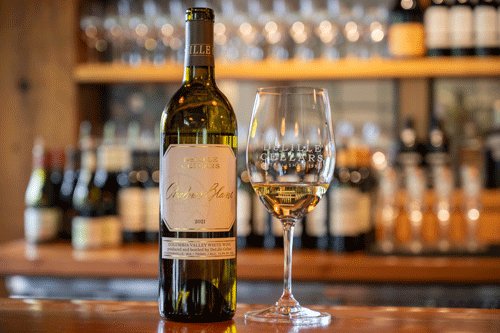
We are excited to share our 2022 scores from International Wine Report.
Read More
DeLille Cellars established Grand Ciel Estate Vineyard in Red Mountain, Washington with the ultimate goal of producing a highly specialized wine.
Read More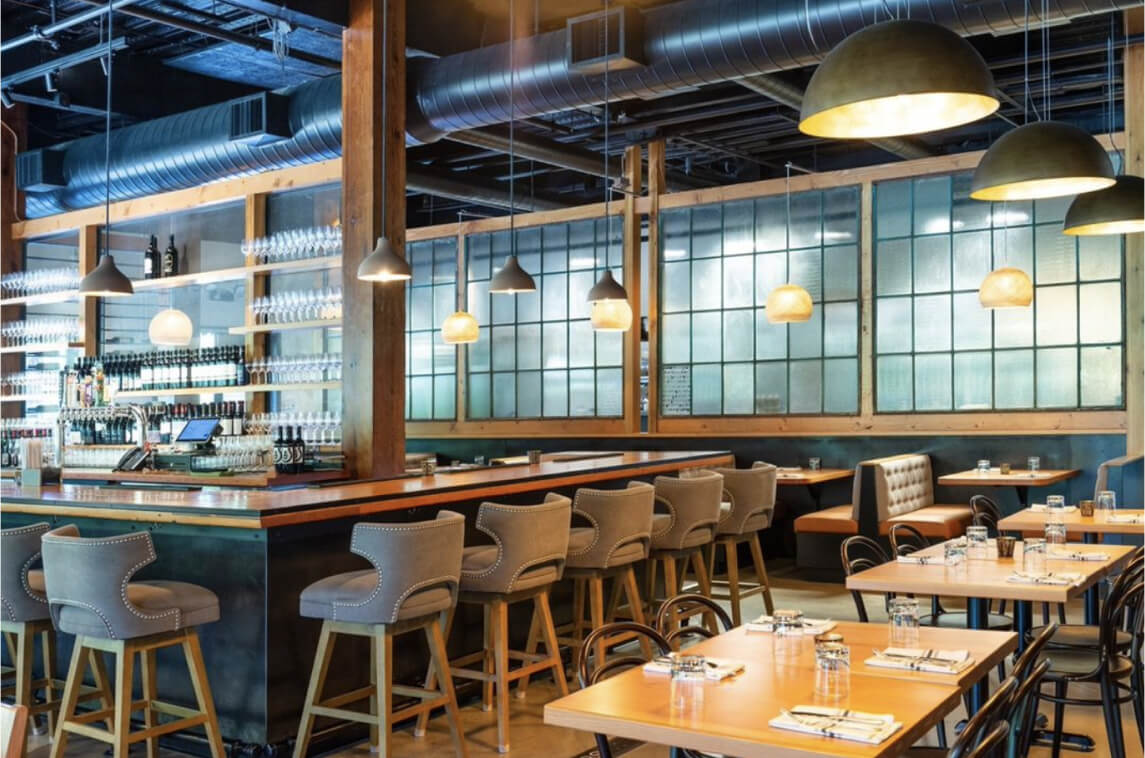
The Lounge at DeLille Cellars, Woodinville’s new restaurant is open. Explore comparative tastings & unique offerings from this wine-centric dining experience.
Read More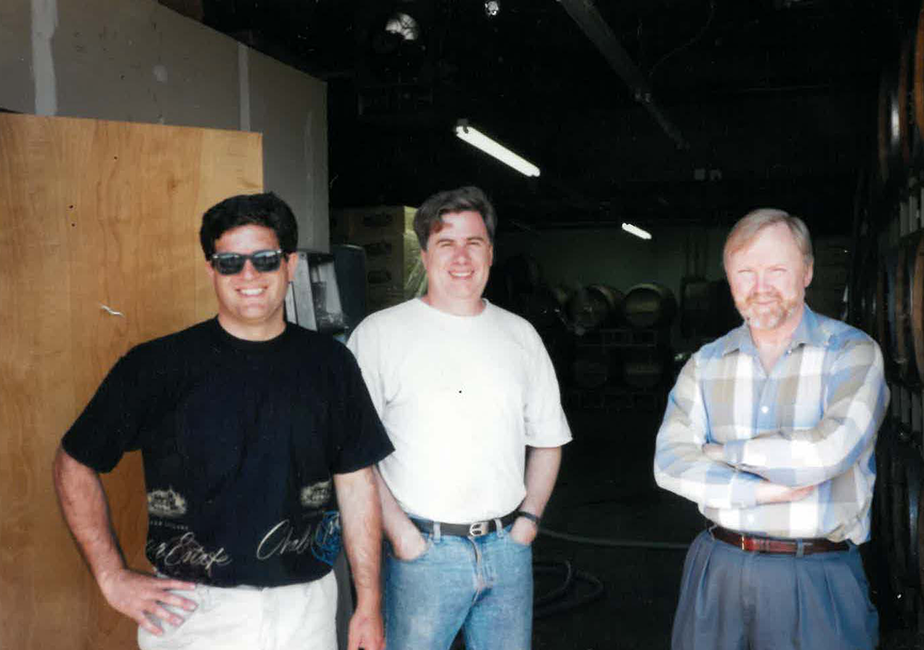
DeLille Cellars is considered an integral part of Washington state wine and a strong influence in establishing the state as a premier viticultural region.
Read More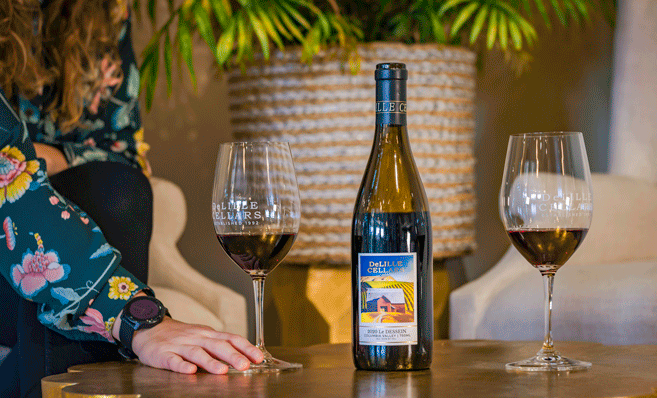
The October 2021 Wine Enthusiast Buying Guide highlighted Washington’s finest wines and increasing Syrah production. Critics praised DeLille Cellars’ Bordeaux and Rhône-style blends sourced from Red Mountain, Yakima Valley, and the Columbia Valley AVA.
Read More
DeLille Cellars is honored to be named the 2021 MVP (Most Valuable Producer) by Seattle Wine Awards. D2, Minuit, and Four Flags earned Double Gold medals in this year’s competition.
Read More
From two Grand Crus to Washington State – The story of how DeLille Cellars crafted the most acclaimed white Bordeaux-style blend in America.
Read More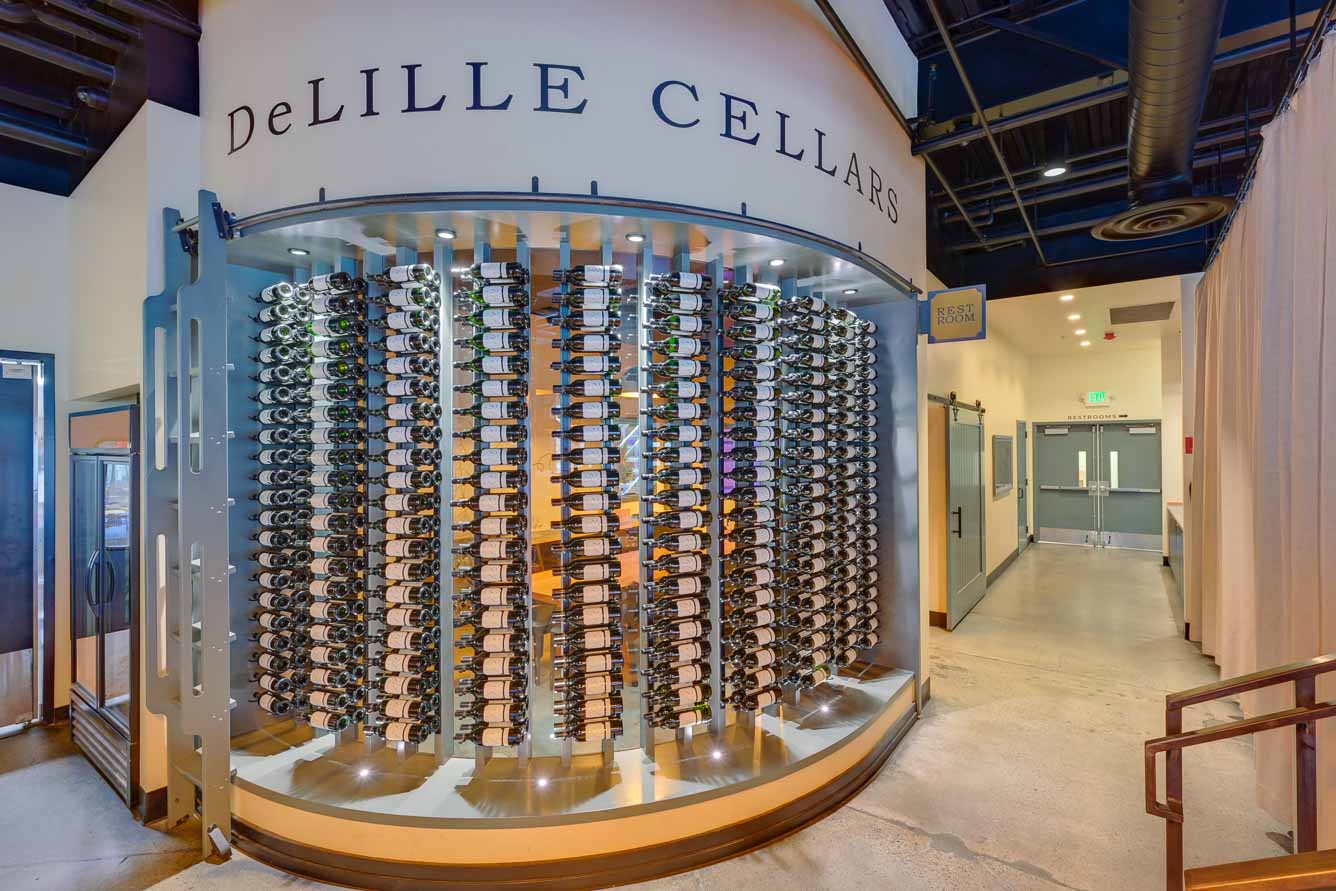
DeLille Cellars has opened a new wine-centric restaurant the Old Redhook Brewery in Woodinville. Read more about The Lounge at DeLille Cellars.
Read More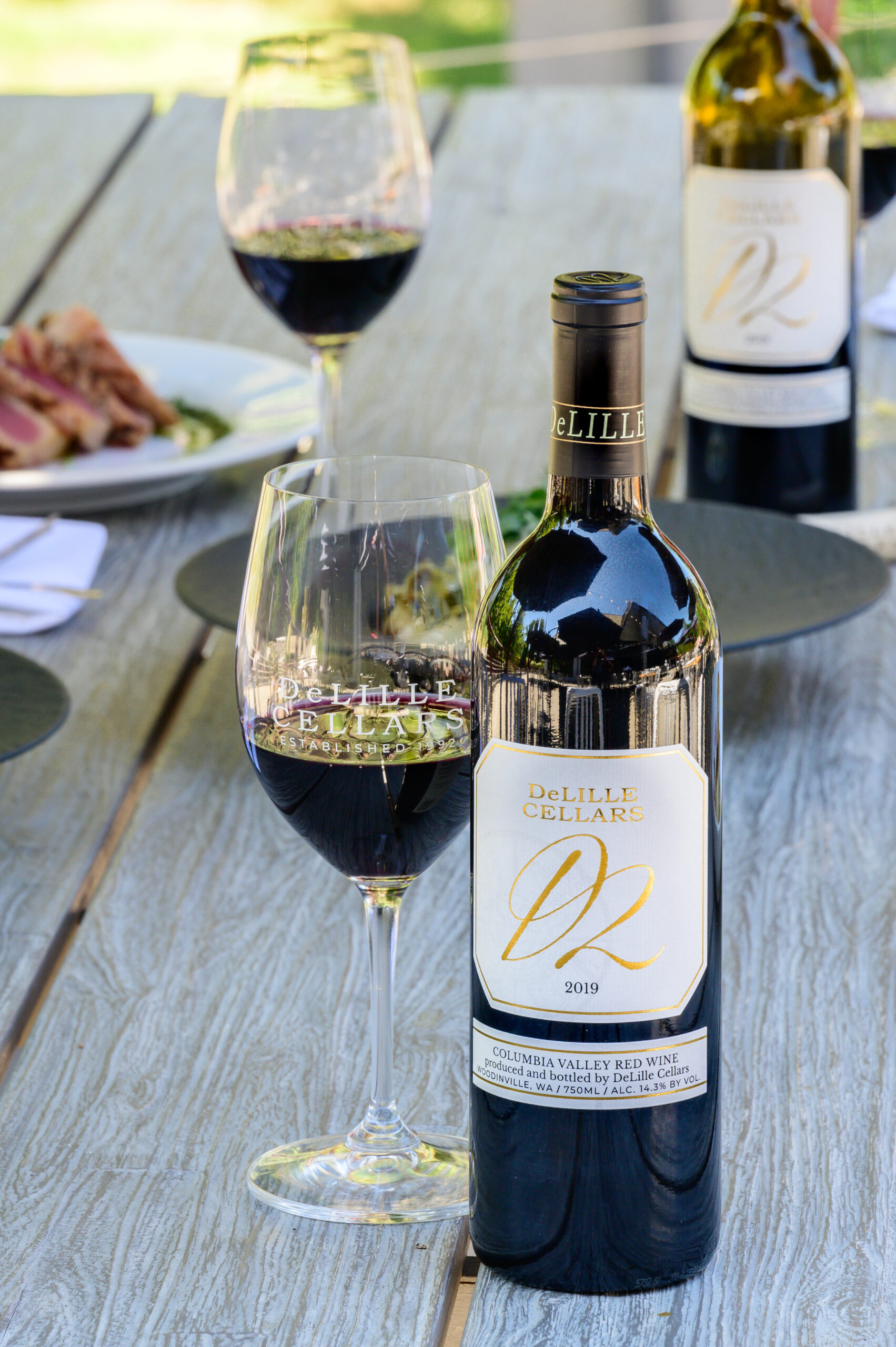
Wine critic Jeb Dunnick praises DeLille Cellars’ Bordeaux-style blends sourced from the Red Mountain, Yakima Valley, and Columbia Valley AVAs.
Read More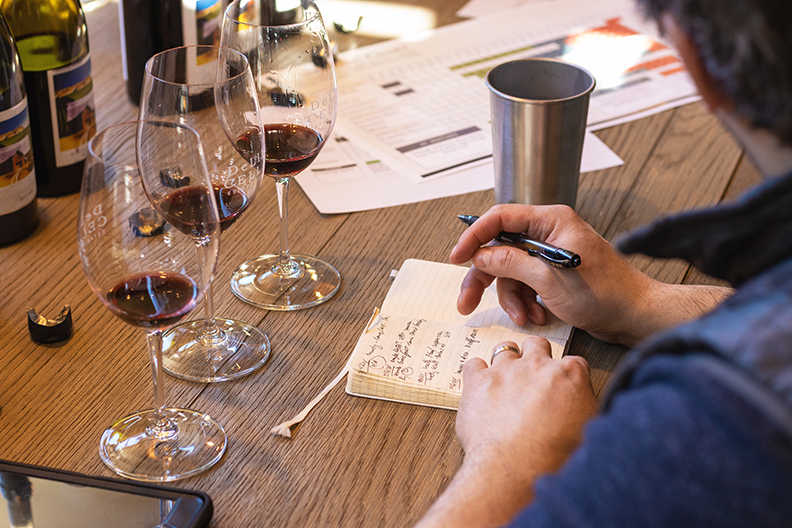
In 2021, the team assembled to taste and evaluate a number of past vintages with the primary goal of updating our aging chart.
Read More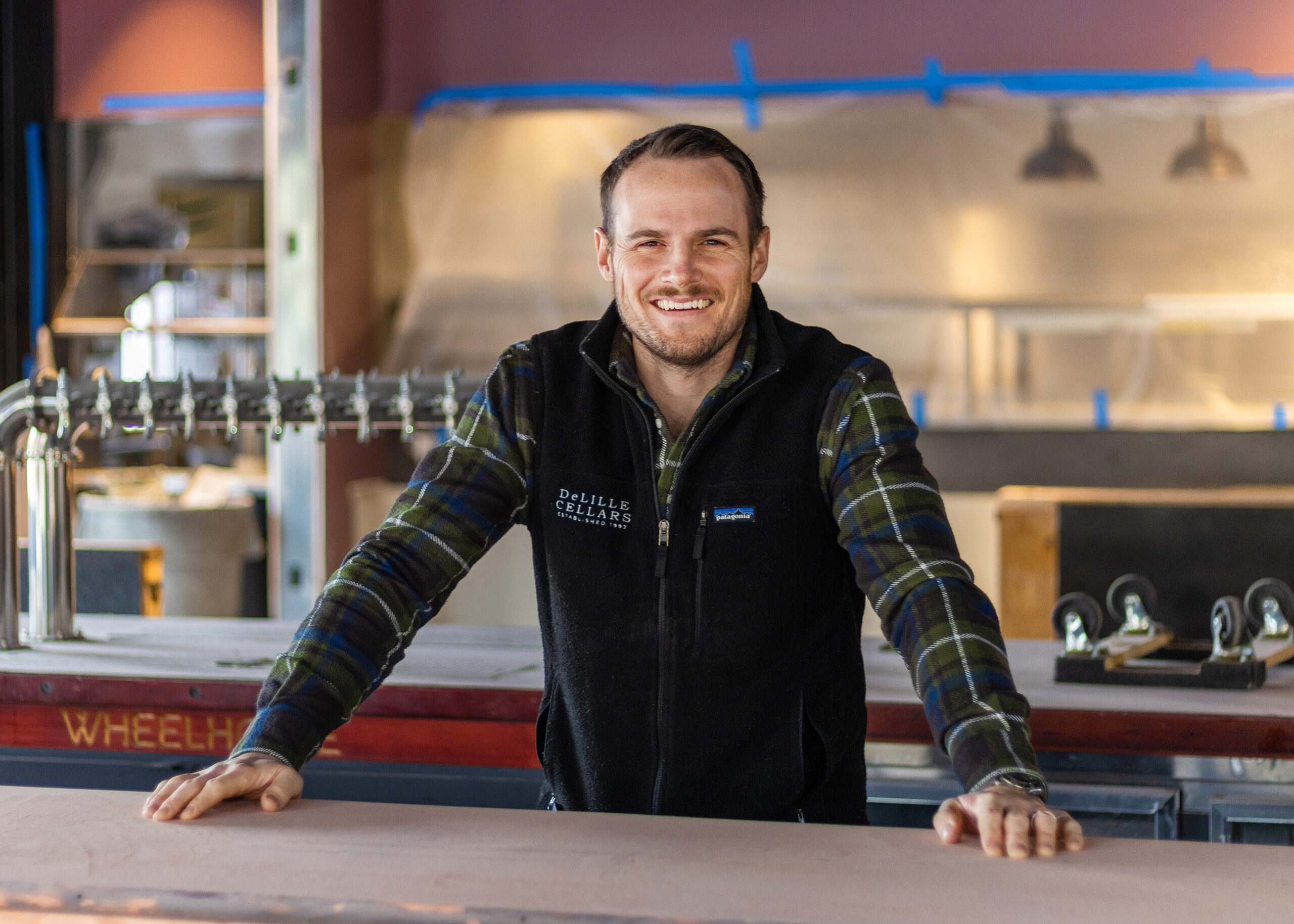
DeLille Cellars to Open Wine Lounge and Deck Experience at Old Redhook Brewery Summer 2021, Woodinville, Washington
Read More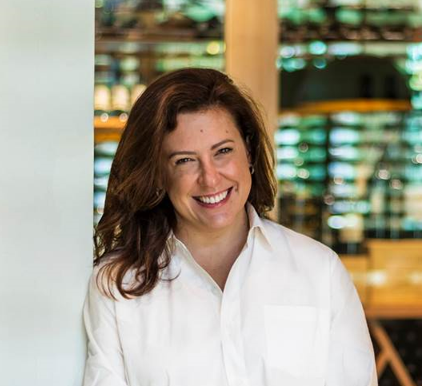
DeLille Cellars revamps sales effort and announces new Director of National Sales.
Read More